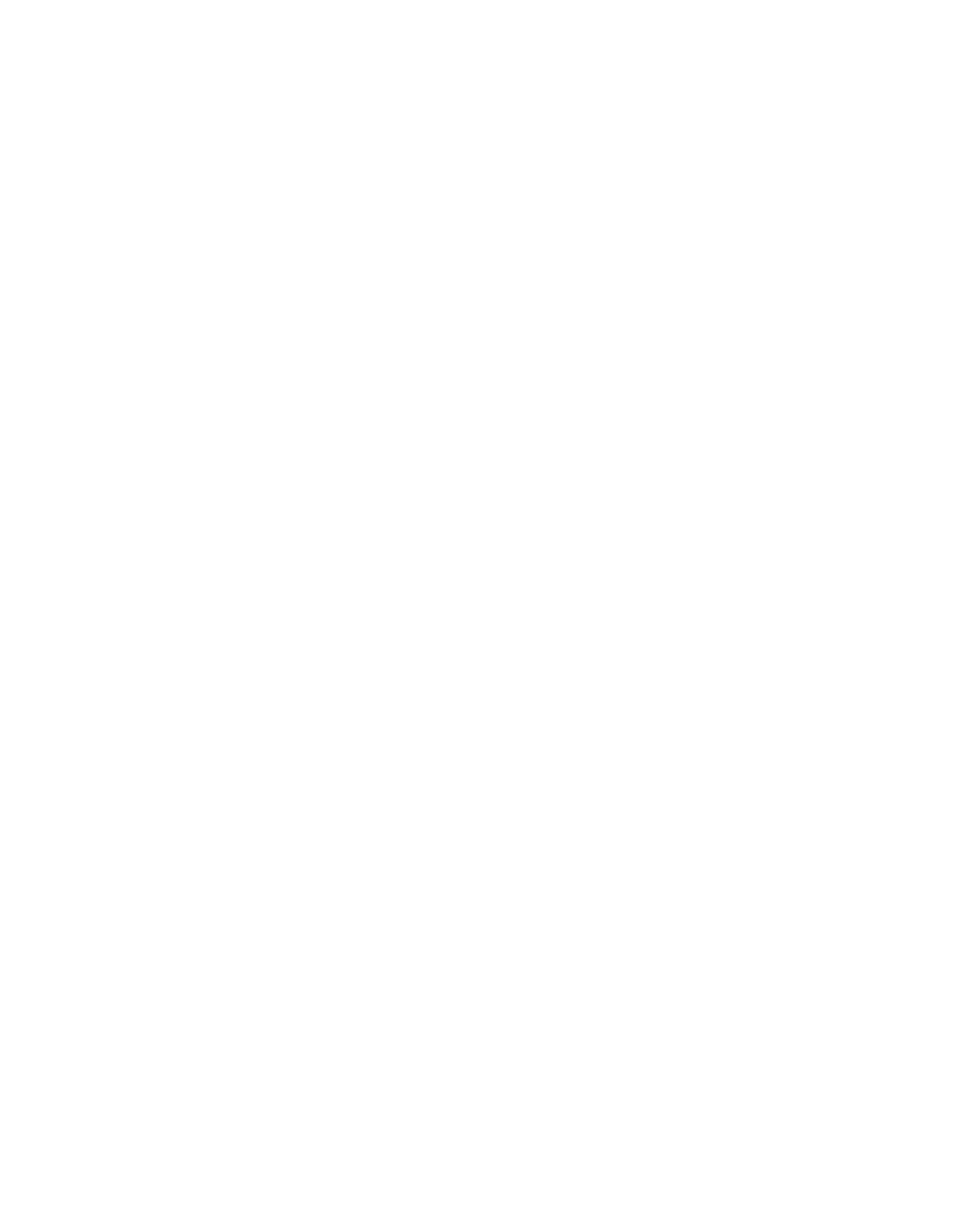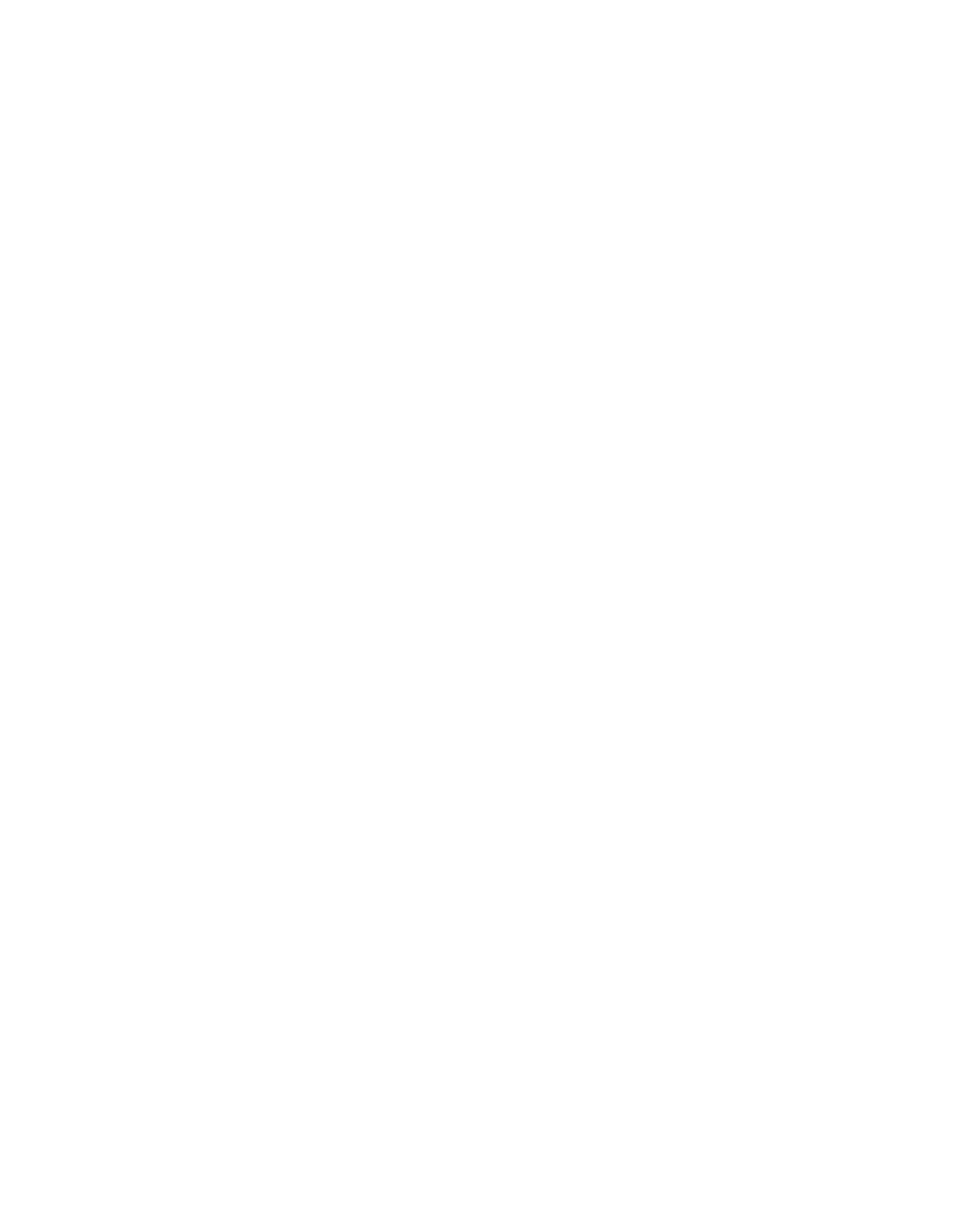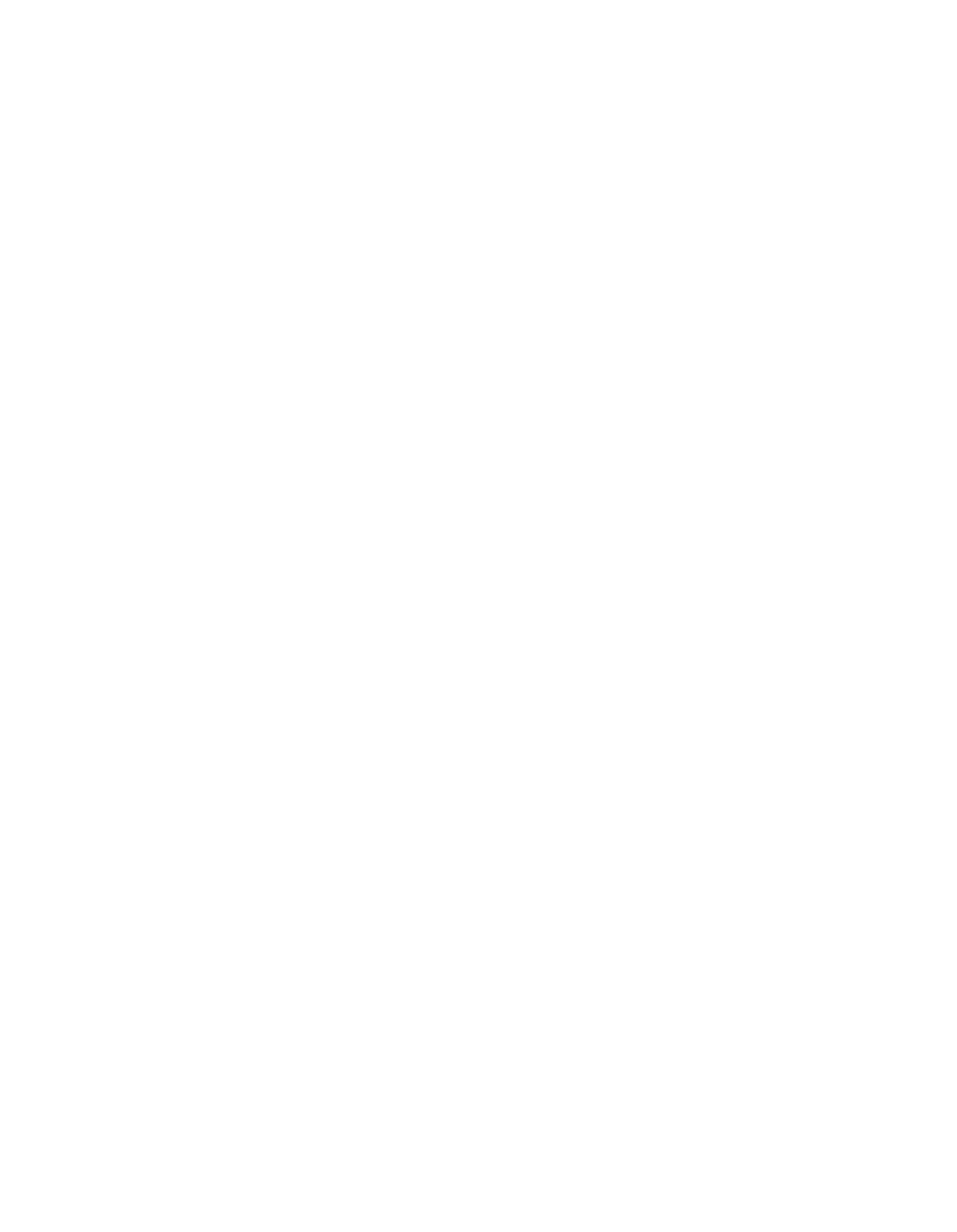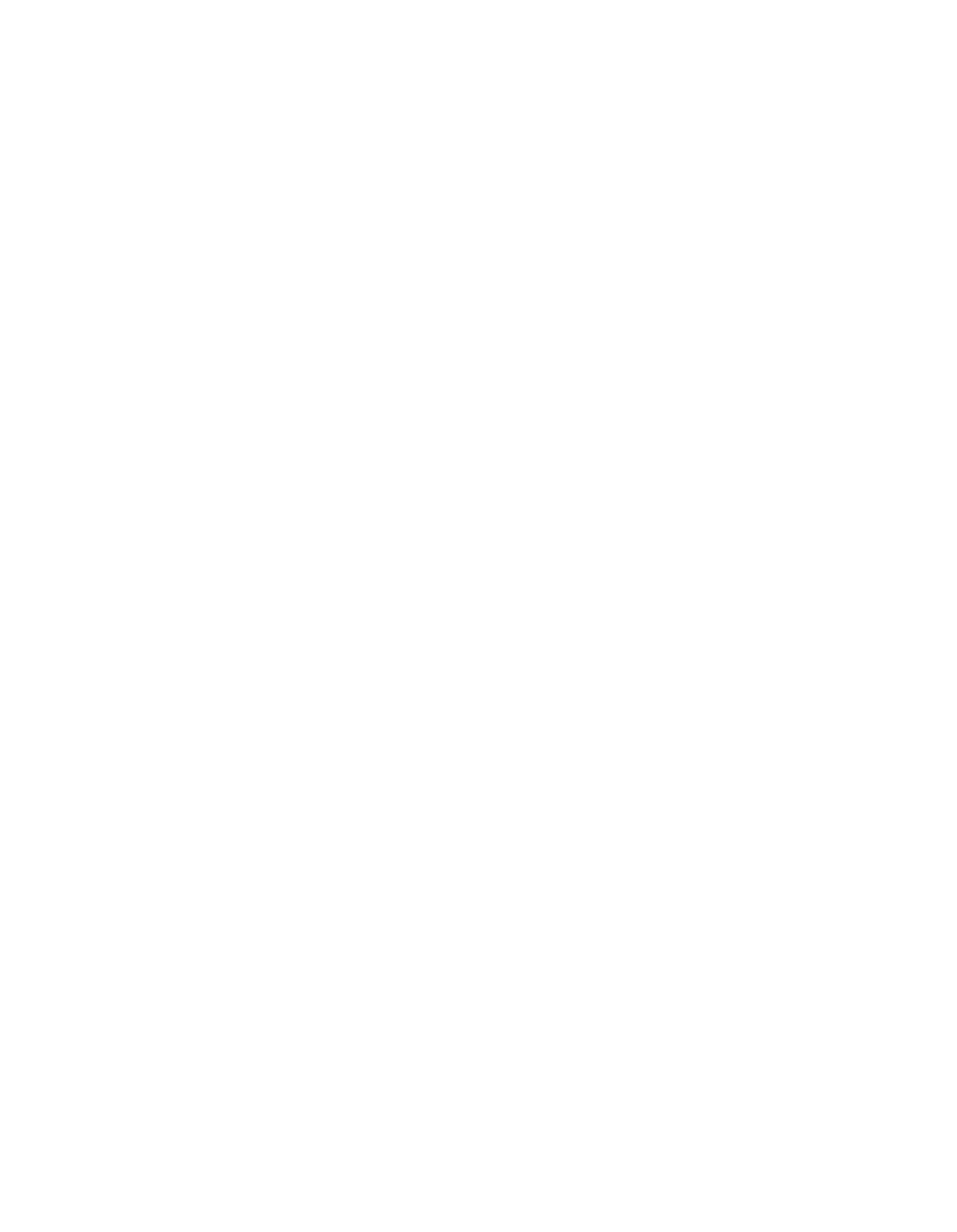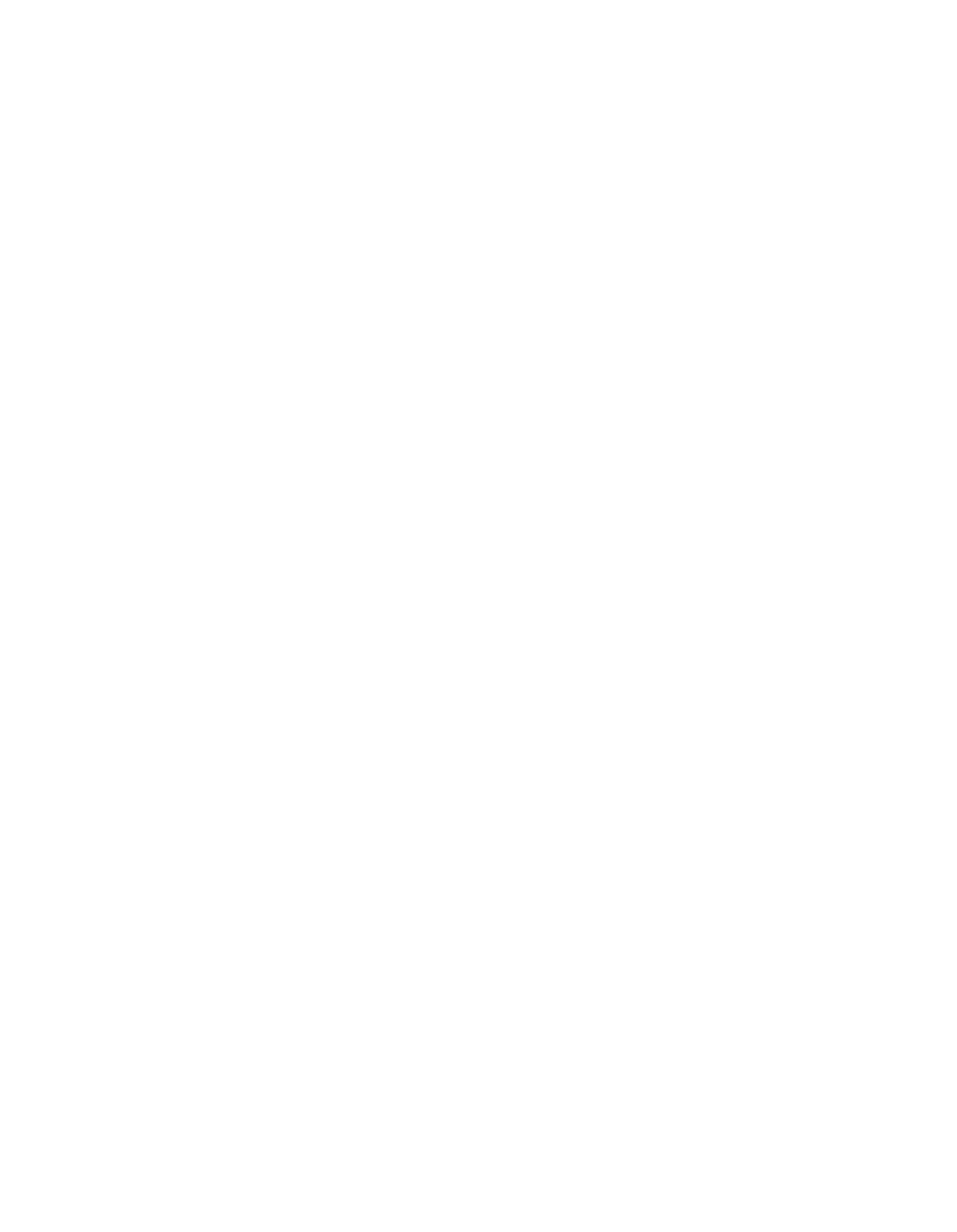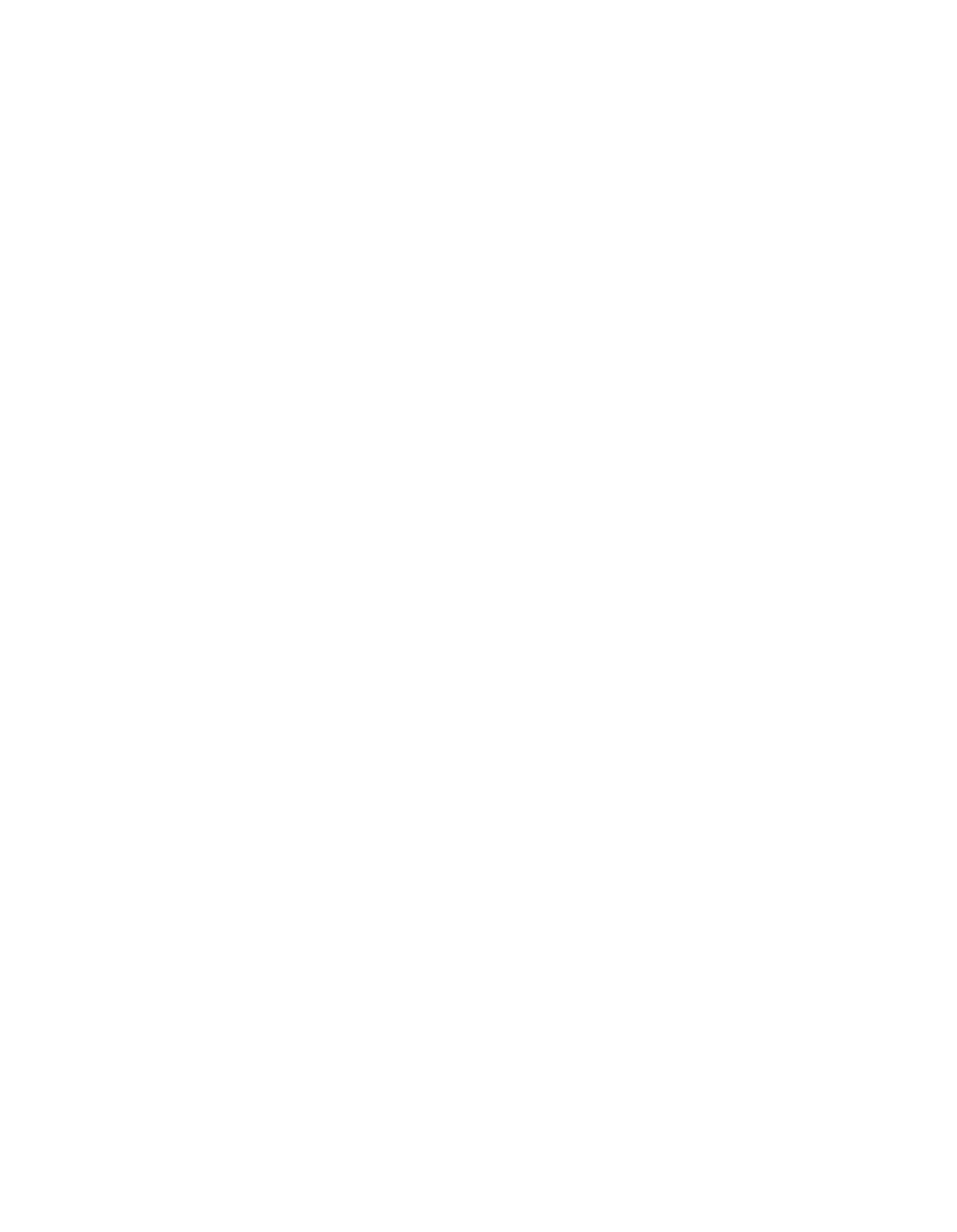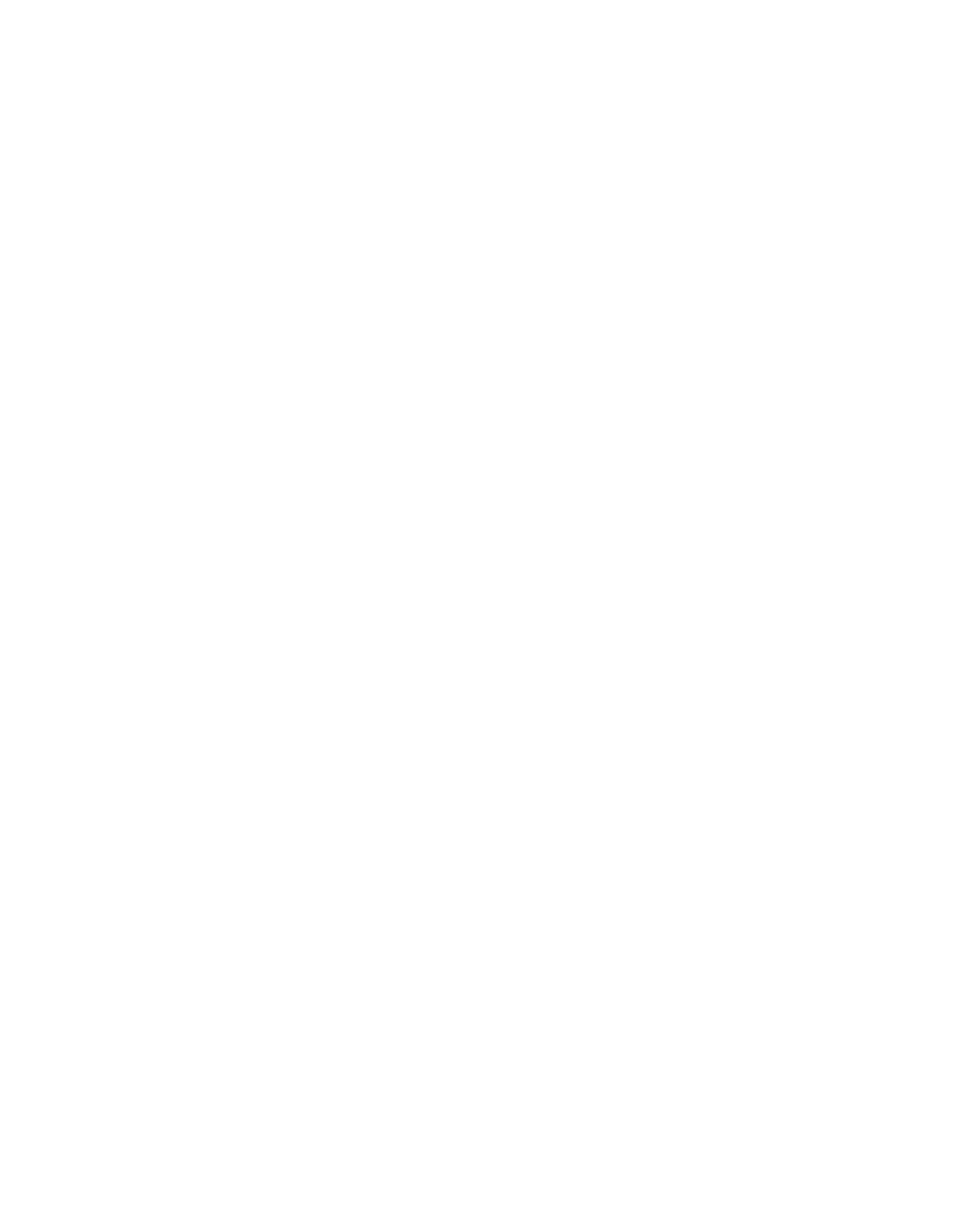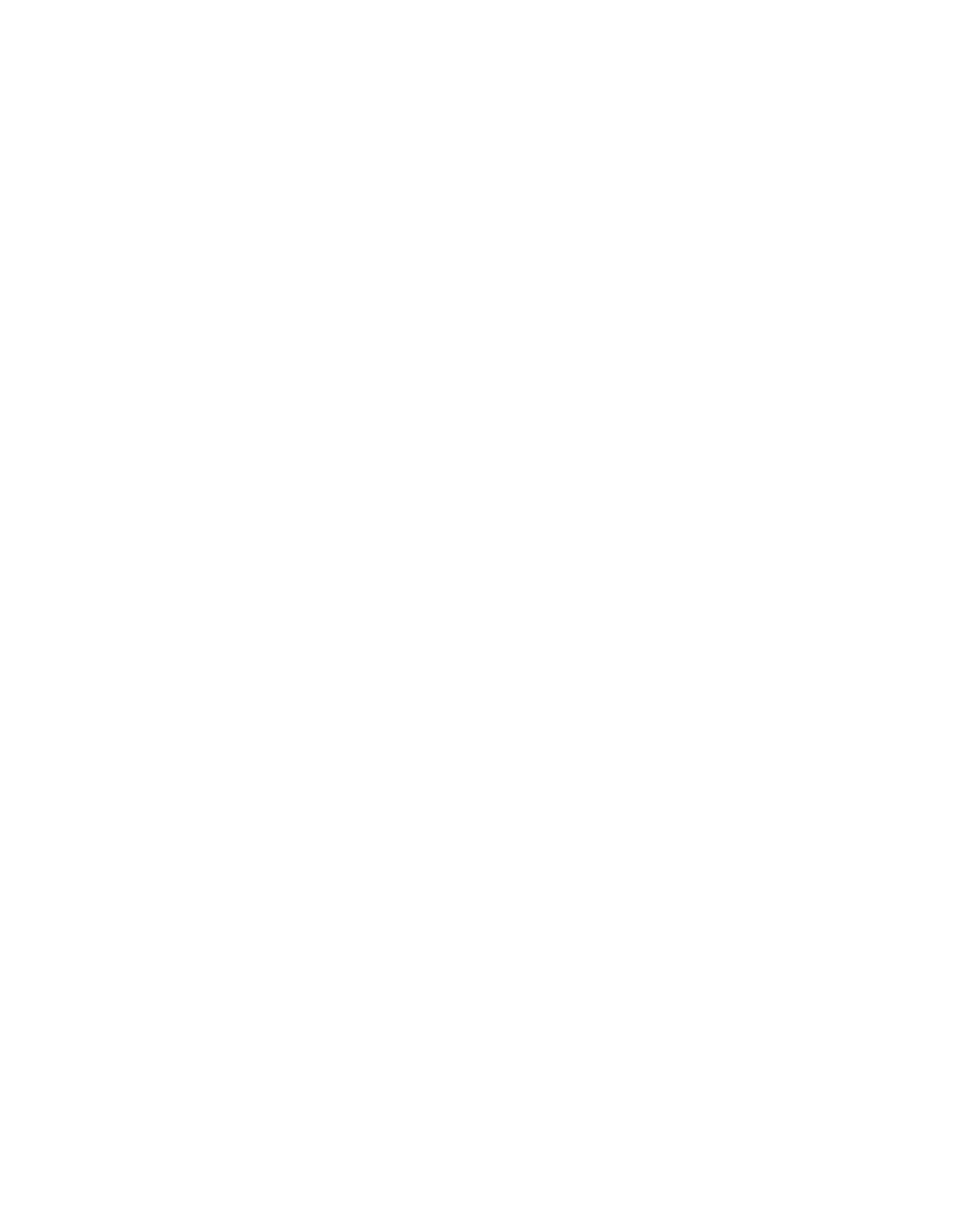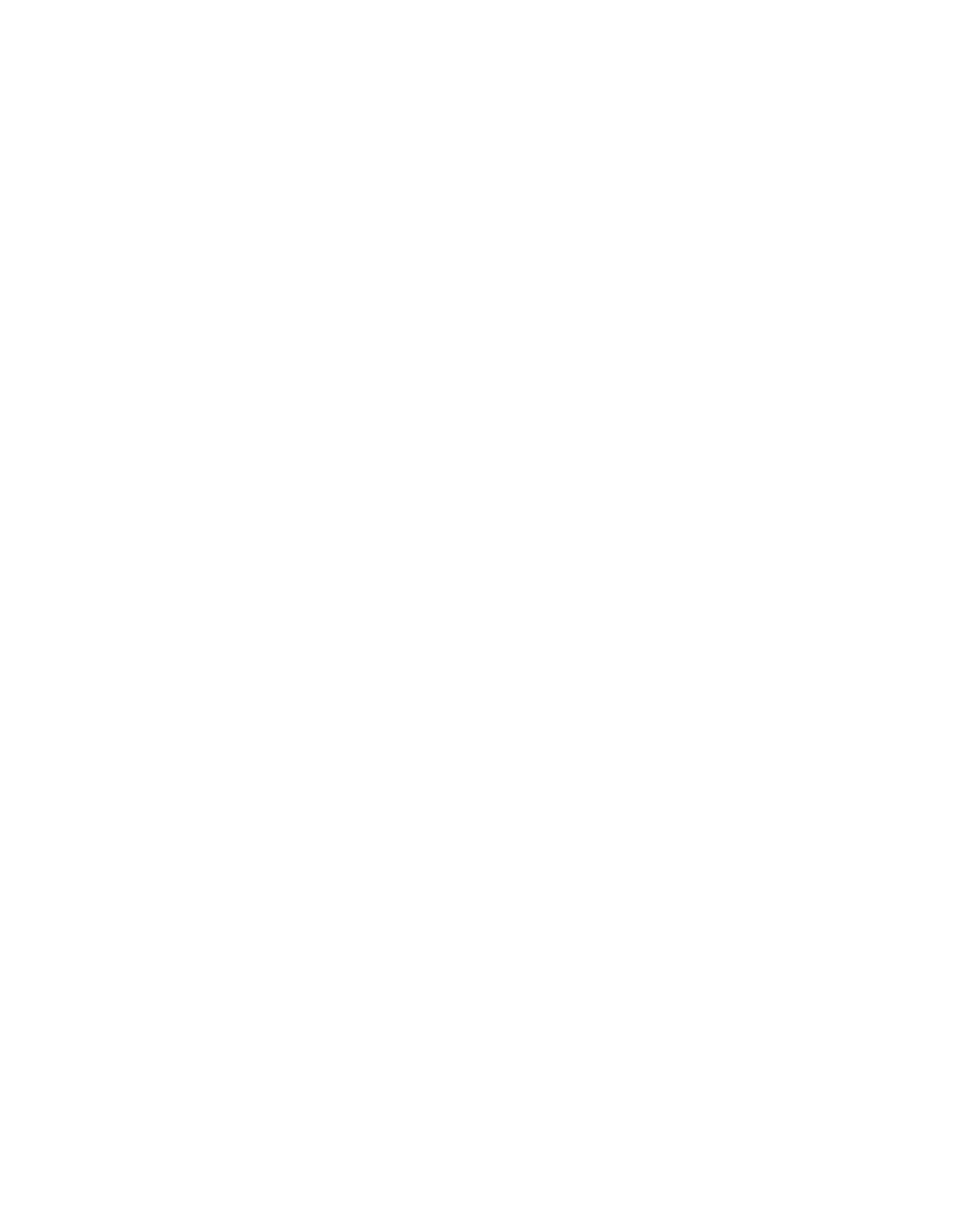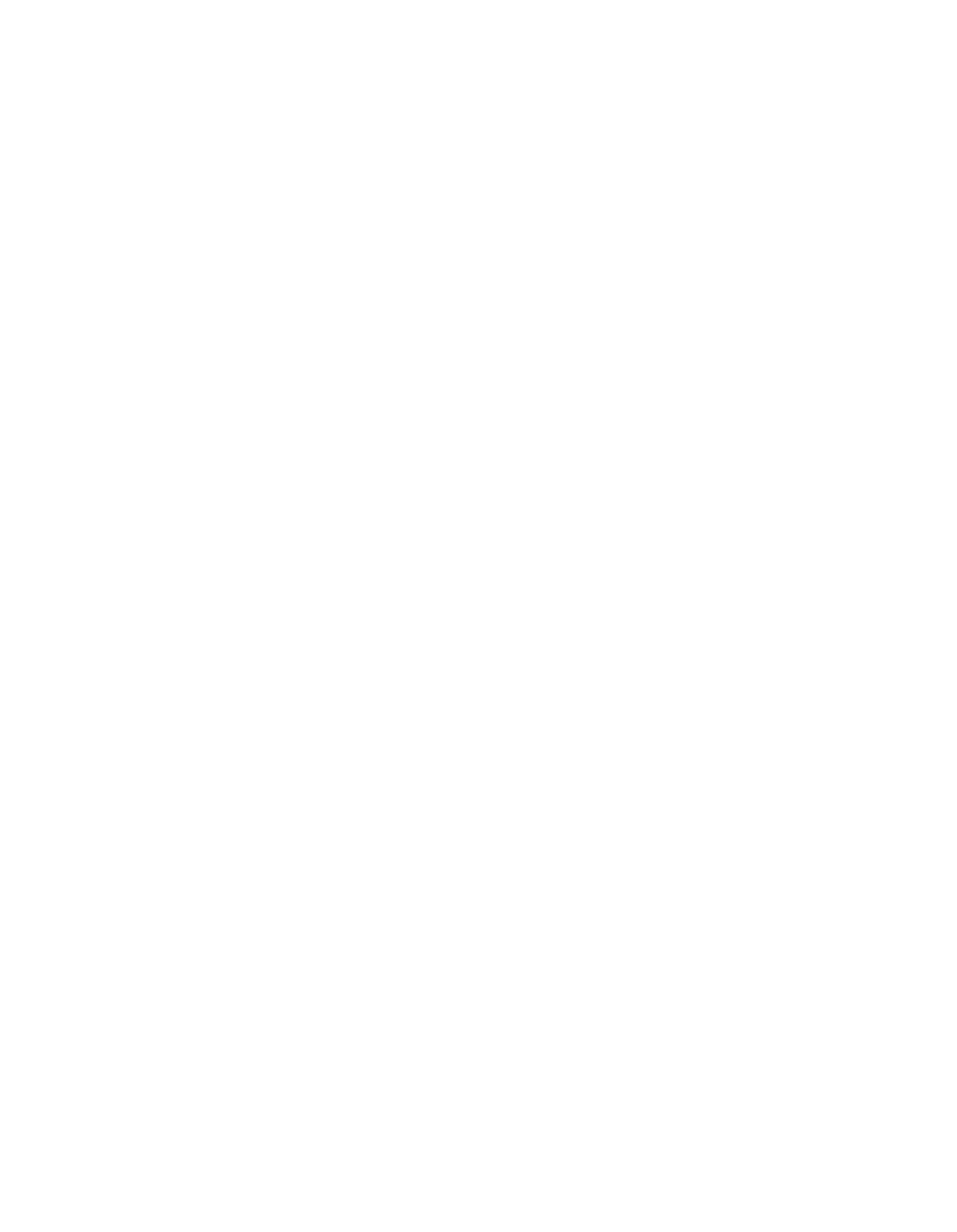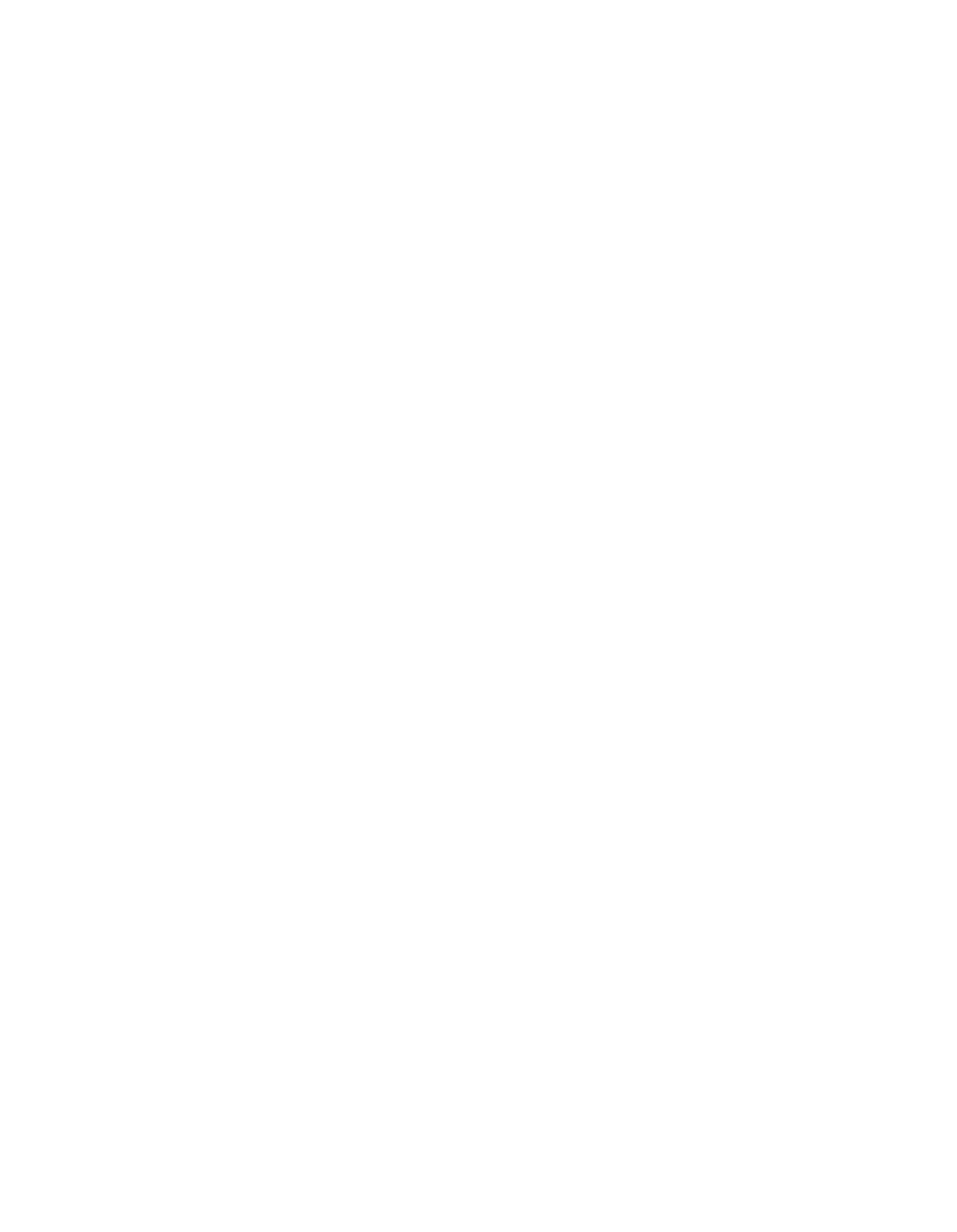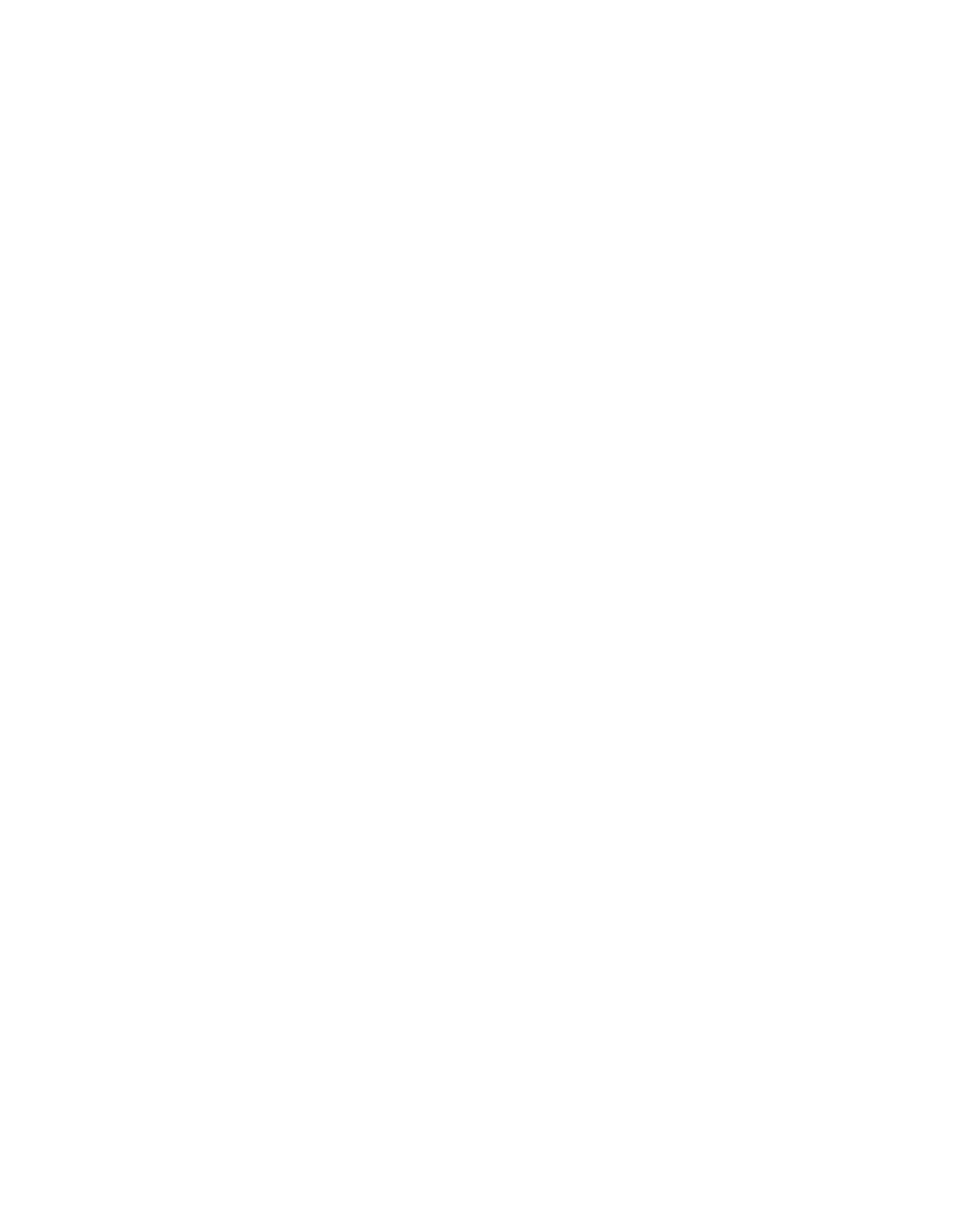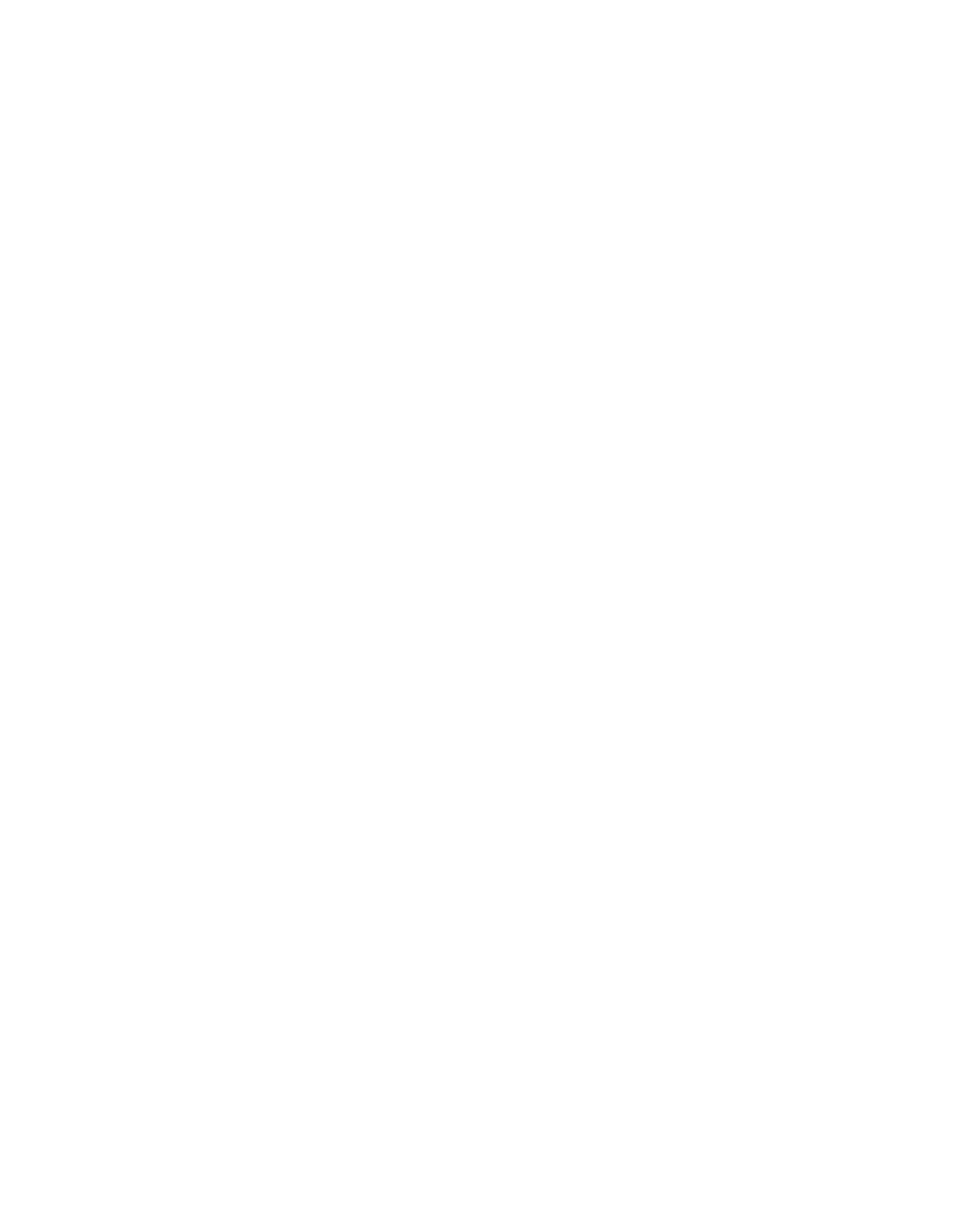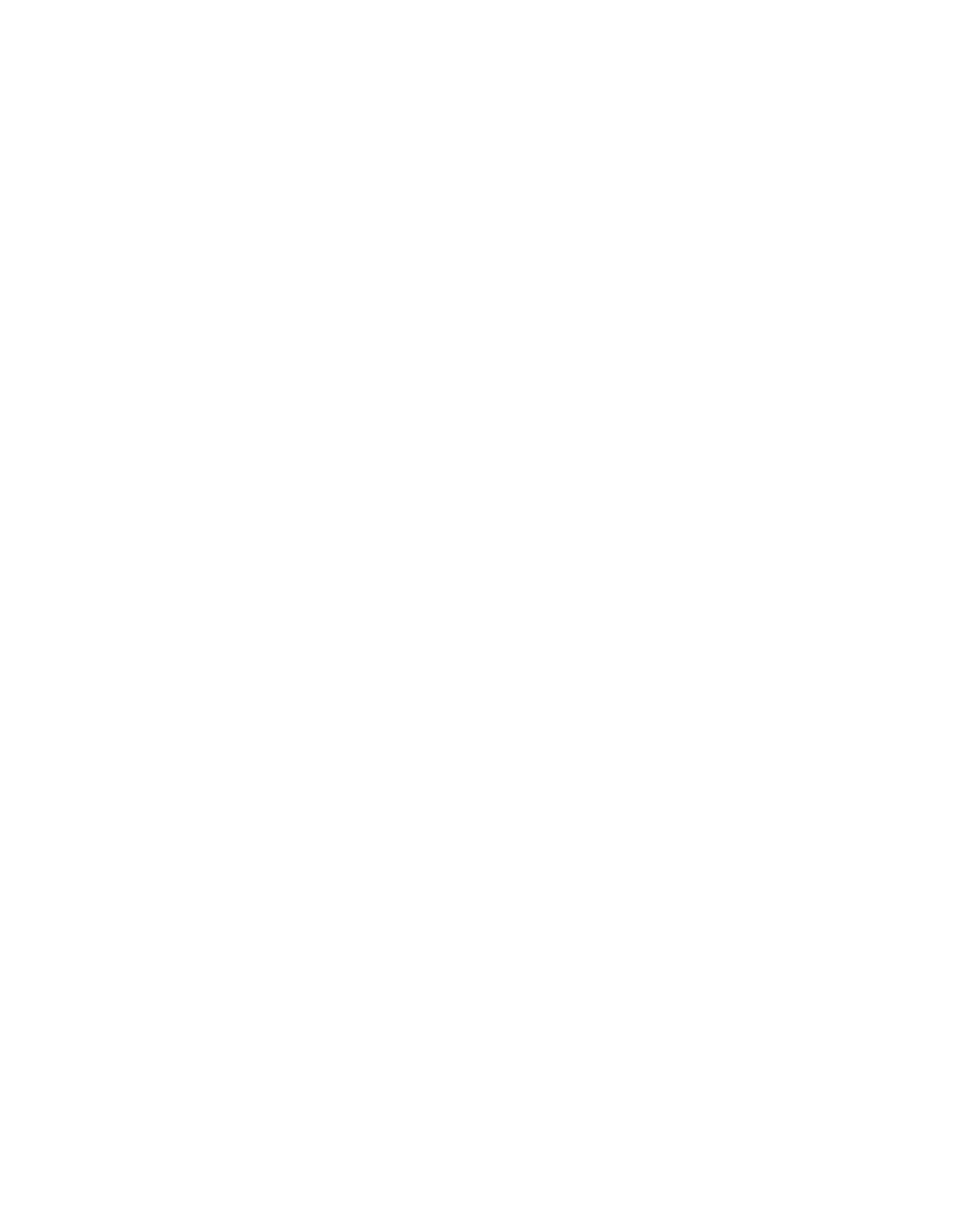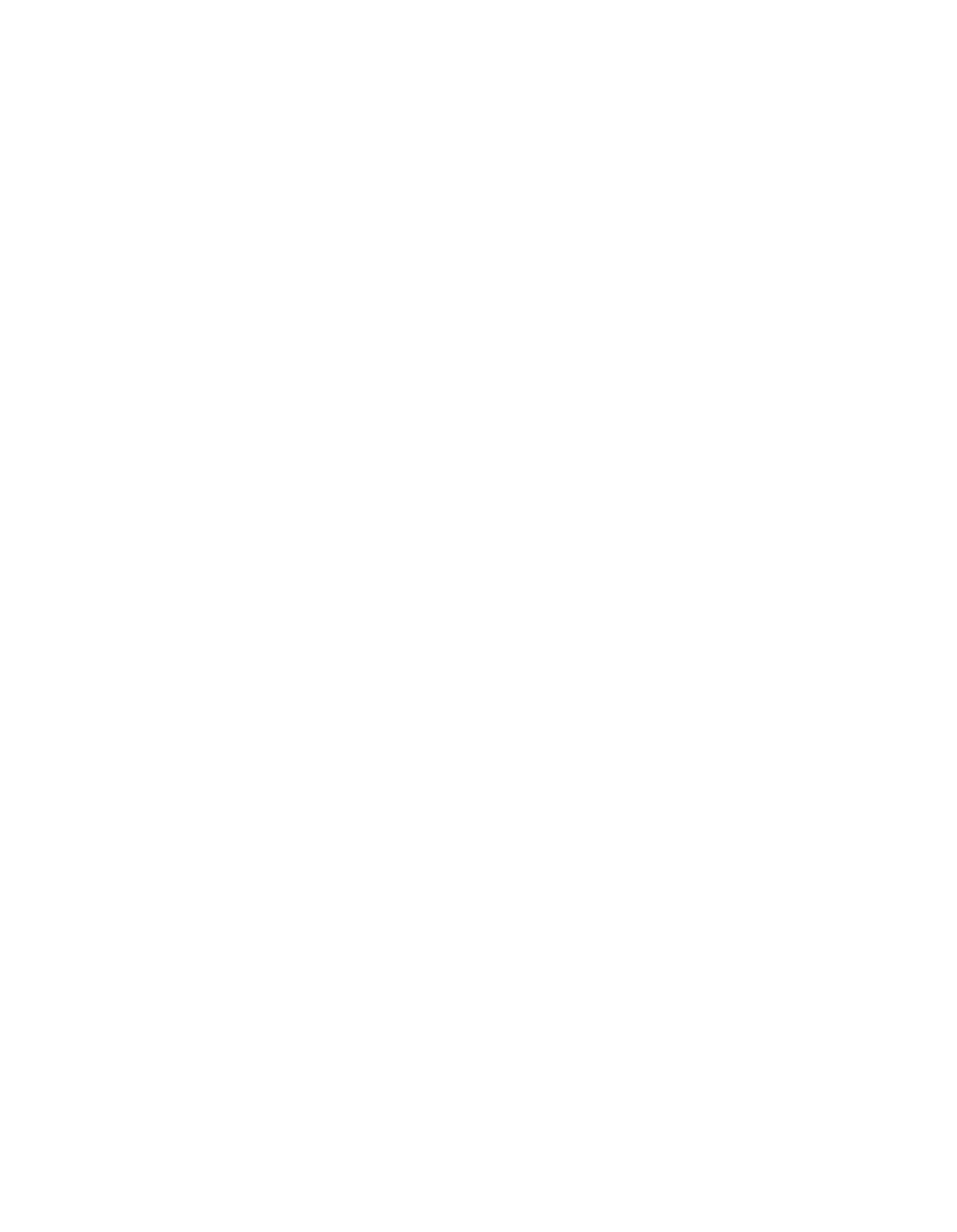ILLINOIS POLLUTION CONTROL BOARD
February
2,
1989
IN
THE
flATTER
OF:
)
UST UPDATE, USEPA REGULATIONS
)
R88-27
(SEPTEMBER
23,
1988)
PROPOSAL FOR
PUBLIC
COMMENT
PROPOSED OPINION
OF THE BOARD
(by
J.
Anderson):
By
a
separate Order,
pursuant to Section
22.4(e)
of the Environmental
Protection Act (Act), the
Board
is amending the UST underground
storage tank
regulations.
Section
22.4 of the Act governs
adoption of
regulations establishing the
RCRA program
in Illinois.
Section
22.4(e) provides
for quick
adoption of
regulations which are
‘tidentical
in
substanceu to
federal
regulations.
Section 22.4(e) provides that Title VII
of the Act and Section
5
of the
Administrative Procedure Act
(APA)
shall
not
apply.
Because this rulemaking
is
not subject to Section
5 of
the APA,
it
is
not subject
to
first notice
or
to second
notice
review
by the Joint Committee on Administrative Rules
(JCAR).
The federal UST rules
are found
at 40 CFR 280.
This rulemaking
updates Illinois’ UST rules
to correspond with major federal
amendments which
appeared at
53 Fed. Reg. 37082, September 23, 1988.
USEPA
added financial assurance
rules
to the UST program
at
53 Fed. Reg.
43370, October 26, 1988.
The Board will
follow USEPA’s
lead
and address these
amendments
in
a
separate Docket which will
be opened shortly.
HISTORY
OF UST RULES
The UST
rules
are contained
in
35
Ill.
Adm. Code 731.
They ~~ereadopted
and amended
as
follows:
R86—1
71
PCB 110, July 11,
1986;
10
Ill.
Reg.
13998,
August
22,
1986.
R86—28
75 PCB 306, February
5,
1987;
and 76 PCB 195,
tlarch
5,
1987;
11
Ill. Reg. 6017,
April
3,
1987.
Correction
at
77
PCB 235,
April
16, 1987;
11
Ill.
Reg.
8684,
May
1,
1987.
Up
to this time the UST rules have been addressed
in the RCRA update
Dockets.
The Board
has
separated the September 23,
1988 rules
from the RCRA
update process because
of the
size and timing
of
the rulemaking,
and because
of
the desirability of developing
a separate mailing list
for persons
interested
only
in
tanks.
The Board will
consider recombining the RCRA and
UST updates
after initial
adoption of the program, including the October
26
financial
assurance
rules.
STATUTORY AUTHORITY
96—~7
-2-
Section 22.4(e)
of the Act was added
by P.A.
84-1072.
This was
implemented
in R86-1 and R86-28.
Section 22.4(e) was amended
by P.A.
85-
861.
Section 22.4(e) was probably renumbered
to Section 22.4(d)
by S.B. 1834
(P.A.
85-1048) which deleted old Section 22.4(d).
However,
in this Opinion,
the Board will
continue to
refer to the UST authority
as
“Section 22.4(e)”,
the numbering used
in P.A. 85—861.
P.A. 85-861 changed
the directive of Section
22.4(e) from adoption of
regulations which “are no
less stringent”
to “identical
in
substance”.
The
Board believes that the regulations
adopted
in R86-1
and 28 meet either
standard.
However, the USEPA modification to
40 CFR
280 requires that the
existing regulations
be
repealed
and
replaced with new
rules
anyway.
Section 22.4(e)
now requires
the Board to adopt
regulations which are
identical
in
substance with USEPA rules.
Ill. Rev.
Stat.
1987,
ch.
127
1/2,
par.
154(b)(i) requires
the Fire Marshal
to
also adopt rules which
are
identical
in
substance.
Par.
154(b)(ii) authorizes
the Fire Marshal
to
adopt
“additional
regulations
relating to
an underground storage
tank program that
are not inconsistent with and
at least
as stringent
as” USEPA regulations.
The Fire Marshal
has
to notify the Board within
60 days after
adopting any
rules.
Section 22.4(e) allows the Board
to adopt any
such additional
regulations
as “identical
in
substance”
rules within
180 days after
notification.
Ill.
Rev. Stat.
1987,
ch. 127
1/2, par.
154(b)(ii) prohibits
additional
Fire Marshal
regulations relating to
“corrective action”.
P.A. 85-861
gives
authority to both the Agency
and the Fire Marshal
to
implement the UST program.
There
is
no explicit statement
as
to the division
of authority between the agencies.
The Board believes that the division
is
implied
by the limitation
on
“corrective
action”
requirements
in
Ill. Rev.
Stat.
1987w
ch.
127
1/2,
par.
154(b)(ii
).
Additional
requirements
relating to
corrective action must be adopted pursuant normal
Board rulemaking under
Section
27
of the Act.
These would
be implemented
by the Agency.
Therefore,
the portions of
the program which
are
subject
to this limitation,
those
dealing with “corrective action”,
are to
be
implemented
by the Agency.
P.A.
84—172 and 85—161 deal with “petroleum”,
“hazardous
substance”
and
“hazardous waste”
underground
storage tanks.
On
first reading Section 4(v) of
the Act appears
to limit the Agency’s authority
to petroleum tanks.
However,
the existing language of Section
4(q) of the Act gives
the Agency
authority to
act on
releases
of hazardous substances, including those
in UST’s.
Pursuant
to Section 22.4(a)
of the Act, Board
has adopted,
in
35 Ill.
Adm. Code 724 and
725,
regulations governing hazardous waste tanks.
(R86-45, July
16
and August
14,
1987,
11
Ill.
Reg.
13435)
The USEPA rules
refer
to the “implementing agency”.
In
the proposal
the
Board
has inserted
“Fire Marshal” or “Agency” according to which agency
is
responsible for the portion
of the program
in question.
The Board
solicits
comment
as
to whether this accurately
reflects the division
of authority
contemplated
in P.A. 85—861.
As
is
discussed
below,
the term “corrective action”
has
a
special,
limited meaning
in the USEPA rules.
See 40 CFR
280.66 and 35
111.
Adm. Code
731.166.
Tank
leaks
are addressed
by
a
series
of measures,
including the
following:
9~—93
—3-
Testing
on installation
Leak detection program
Confirmation of suspected leak
Initial
response to confirmed leak
Free product
removal
Corrective
action
plan
Groundwater
cleanup
Permanent closure
There
is
a question
as
to whether the General Assembly intended
“corrective
action”
in
the limited
sense used
in
the rules,
or whether
it
intended the term to
be
read
in
a more general
sense
to mean
any actions taken
to
correct
a
leak.
In that the USEPA rules were not available
to the General
Assembly
at the time
it
adopted P.A. 85-861,
the Board believes that the use
of the
same
term
was
accidental.
The Board therefore
proposes
to
read
the
term “corrective action”
in the broader sense.
In the
proposal
discussed
below, the Agency will implement the
rules beginning with confirmation
of
a
suspected
leak.
The Fire Marshal
will implement the rules
concerning
installation of
the tank
and routine
leak detection up
to the
time
a leak is
confirmed.
The Fire Marshal
will
implement
the
rules
concerning
the
routine
closure
of
tanks which are not suspected of
leaking.
Again,
the
Board
solicits comment
as
to whether the proposal
is consistent with
the
legislation.
The directive to
both the Fire Marshal
and
the Board
is
to adopt
regulations which
are “identical
in substance” with USEPA rules.
This term
has been defined
in Section
7.2 of the Act, adopted
in S.B.
1834
(P.A.
85-
1048),
in
a manner consistent with the Board’s longstanding
interpretation of
the term.
(See R85-23, June 20,
1986,
70 PCB 311,
320;
R86-44, December
3,
1987,
pages
14 and 19.)
The directive to adopt “identical
in
substance”
rules
means
to adopt
the federal
text verbatim, except under
certain circumstances
which are specified
in the definition.
These include
the need to modify
language to
reflect
the requirements
of the Administrative Code.
USEPA might
be
able to approve
a state UST program which had
little
language
in common with
the federal
rules,
so
long
as
the program was
“substantially equivalent.”
However,
the
Illinois mandate
to adopt
“identical
in substance”
rules
requires Illinois to
remain closer
to the verbatim federal
text than USEPA itself
requires.
“ALTERNATIVE ACTION” PROVISIONS
The federal
rules
include numerous provisions which specifically allow
alternative actions
by the implementing agency.
For
example,
see 40 CFR
280.20(a)(2)
and
35
Ill.
Adm. Code 731.120(a)(2).
As
the Board
reads the
USEPA rules, these
are the areas
in which state
deviation
is
invited.
(53
Fed. Reg. 37186)
The
simplest way to
read P.A.
85-861
in conjunction with the
federal
rules
is
to
interpret the
points
at which State
alternatives are
allowed
as
being the points which are subject
to adoption of
“additional
requirements”
by the Fire Marshal,
or additional
corrective action
requirements
by the Board pursuant
to Section
27
of the Act.
For the reasons
discussed below,
the Board
has
deleted most
of these
“alternative action”
provisions from the proposal.
If the Fire Marshal adopts additional
96—99
—4—
requirements
on these points, the Board will consider adding
an identical
in
substance provision pursuant to Section 22.4(e).
These alternative action provisions
could
become serious
loopholes
in
the
UST program unless they are carefully addressed
in
the
regulations.
Suppose
the Fire Marshal
adopted
an alternative action provision which simply repeated
the USEPA directive.
For example, consider
a rule which says “design tanks
according to the abc standard unless the implementing agency provides
otherwise.”
Years
later the
tank leaks,
and the cause
of the
leak
is
traced
to the use of
an
inadequate standard,
xyz.
The Agency would
then be the
implementing agency,
and
an
enforcement action would
be before the Board.
With
the rule
as written,
the operator could claim that
he
had oral permission
from the Fire Marshal
to use the xyz
standard.
The main defense against this type of
loophole
is
for the Board
to
insist
that,
at
the time the rules
are
adopted,
the rules
be specific
as
to whether
a
case—by—case deviation from the
rule will
be allowed.
If
so,
at
a minimum,
the Board must insist that the
permission
from the Fire Marshal
be
in writing,
and based
on
a standard articulated
in the rule.
If the alternative actions
provisions adopted
by the Fire tlarshal
fail
in
any
of these
respects,
the
Board will
not adopt
the equivalent
as
a Board
rule.
The
effect of this will
be
to
render the alternative moot with respect
to Agency enforcement.
Most of
the “alternative action” provisions appear
to involve features
which are
not necessary for the
program.
For
example,
an alternative action
provision might
require that tanks
to
be designed according to standard abc
“or some other standard approved
by the implementing agency.”
The program
will work just fine with only the abc standard pending adoption of
the xyz
standard.
These are the provisions which
the Board has deleted pending action
by the Fire Ilarshal.
On
the other hand,
in
a few cases
the provision appears
to
be
essential
to the program,
in the sense
that some language has to be
adopted now to have
a set of
rules which would meet the mandate
of Section
22.4(e).
Section 7.2 of the Act,
as adopted
in S.B.
1834,
allows the Board,
in
an
“identical
in
substance” proceeding,
to craft
language meeting the
federal
presecription.
in
the proposal, some of the “alternative action” provisions involve
corrective
action,
and are to
be implemented by the Agency.
Where these
invite alternative action
by
rulemaking, Board
rulemaking pursuant to Section
27
of the Act would
be required to provide
an alternative.
In these
situations
the “alternative action” provision has been deleted
in
the
proposal.
The Board would
be
receptive to
a proposal
to add the alternatives
pursuant
to
Section
27.
In
those cases
in which the alternative action
provision
is
essential
to the
program,
the Board has added language.
Not
all
of the “alternative action” provisions necessarily invite
rulemaking.
For example, 40 CFR 280.20(a)(5)
(35
Ill.
Adm. Code
731.12O(a)(5))
allows
the
implementing
agency
to
approve
tank
construction
and
corrosion protection which
it
determines are no
less protective of human
health
and
the
environment
than
the
specified
methods.
This
could
be
implemented
through adoption
of
regulations specifying additional
approved
designs,
or
it could
be
implemented through approval
of
individual
designs
submitted by operators.
These provisions
have generally been deleted from the
proposal.
The Fire Marshal’s office could either adopt
a
rule specifying
an
96— P~O
—5—
alternative,
or
it
could
adopt
rules
specifying
procedures
and
standards
for
case-by-case
approval,
which
the
Board
could
consider
adopting.
The
“alternative
action”
provisions
generally
fail
to
specify
procedures
for granting individual
approval
for alternatives.
USEPA specifically avoids
specifying procedures,
in
order to allow states
to adapt
local
procedures.
(53 Fed. Reg. 37186)
P.A. 85—861 may require
an ongoing permit
program,
administered by the
Fire Marshal, of the type specified in Sections
12
or
21
of the Act for effluent discharges
or waste disposal.
The Board invites
comment
as
to how ths type of approval
is
best handled,
and
as
to the best
terminology for descrioing the process.
Other
“alternative action” provisions appear to actually
be cross
references.
For example,
40 CFR 28O.20(a)(5), discussed above, could
be
read
to be back-referencing the “alternative action” provision
in
40 CFR
280.2O(a)(2)(iv).
Where the Board believes this
is the
case,
a more specific
reference has been inserted.
(This
is probably
not the
case
in
the example,
since
a circular reference would
be created.)
Section 731.110
Section
731.110(c)
includes deferrals for tanks
regulated under the
Atomic Energy Act or
by the NRC pursuant
to
10 CFR
50, Appendix A.
As
is
discussed
below,
the
first
reference
is really
to
an
action
by
a federal
agency,
and
is not treated
as
an
incorporation by
reference.
The NRC
is also
the regulatory agency for the cited section of the Atomic Energy Act.
The reference to
the NRC regulations could
be interpreted
the same
as
the
statute.
However,
the Board has handled
all
references
to
federal
regulations
as incorporations
by reference,
since
they are clearly mentioned
in
the APA.
Section 731.112
Definitions
The federal definitions
from 40 CFR 280.12 have been adopted more or
less
verbatim, except
as
noted.
The Board has added
a definition
of “Act”, meaning the Environmental
Protection Act.
This
is
to
be distinguished from the “Gasoline Act”,
defined
below.
The Board
has also defined
“Agency”
to mean the Illinois Environmental
Protection Agency,
one of the implementing agencies
in
Illinois.
“Board” has
also been added
to ease any reference to Board
procedures.
“CERCLA” has
been added
to make
it
easier
to
reference the
federal
Superfund Act.
The definition
of “corrosion expert”,
is drawn
from the federal
rules.
This
is defined
as
a
person with accreditation
by MACE,
or
a
registered
professional
engineer who has certification or
licensing that includes
education and experience
in corrosion control
in tanks
and piping.
The Board
has
added
a definition
of “ESDA”,
the acronym for the Illinois
Emergency Services
and Disaster Agency.
As
is discussed below,
ESDA will
receive the
initial notifications of leaks.
96—1~l
-6-
The
Board
has
added
a
definition
of
“Fire
Marshal”
as
a
short
form
of
“Illinois
State
Fire
Marshal”
which
is,
as
is
discussed
below,
one
of
the
implementing
agencies
in
Illinois.
The
Board
has
added
a
definition
of
“Gasoline
Act”
as
an abbreviated name
for
“An
Act
to
regulate
the
storage,
transportation,
sale
and
use
of
gasoline
and
volatile
oils”,
as
amended,
including
P.A.
85-861.
This
is
Ill.
Rev.
Stat.
1987,
ch.
127
1/2,
par.
151
et
seq.
Because this Act
is not familiar to
most persons using the Board
rules,
the Ill.
Rev.
Stat.
reference
is
always
given
in the
text of
the rules.
The definition
of
“hazardous substance UST system”
in
40 CFR 280.12
includes
a
reference to Section
101(14)
of CERCLA.
As
is discussed below,
this would
be
an
incorporation by
reference of
a federal
statute, which
is
arguably prohibited
by the APA.
The Board has avoided this problem by setting
forth the
text of
the definition from CERCLA.
However, this makes the
definition
of “hazardous
substance UST system” too complex.
The Board has
therefore
created
a separate definition
of
“hazardous
substance”,
and
shortened
the definition
of “hazardous
substance UST
system”.
As
is discussed
below,
the
Board
has
given
parallel
treatment to the
related definition of
“petroleum UST system”.
This change also makes
the rules much clearer.
No
substantive change
is
intended.
The Board solicits comment
as
to whether
this
modification has
been accomplished without substantive change.
The definition
in Section 101(14) of CERCLA itself
has several
references
to other
federal
statutes.
Placing the definition verbatim into State
rules
would
actually compound the problem.
However,
it appears that USEPA,
acting
pursuant
to Section
102 of CERCLA,
has published in 40 CFR
302.4
a
consolidated
list of
all
“hazardous
substances”.
(See 50 Fed. Reg.
13450,
April
4,
1985.)
The Board
has therefore cited only to this
list, which
is
incorporated by
reference
in Section 731.113.
The Board will
update the
reference as USEPA modifies
its list.
Section 3.14 of the Act defines
“hazardous
substance”
in
a manner which
appears
to
be identical
to the definition
in Section 101(14)
of CERCLA.
The
Board
could
define “hazardous
substance”
by reference to the definition
in the
Act.
However, the Board
has rejected this course.
Assuming there
is
some
difference
between the definition
of “hazardous substance”
in the Act and the
federal
regulations
and
statutes, the Board
believes that
the federal
statutes
and regulations would control.
As
has
been discussed
in previous rulemakings,
the directive to adopt “identical
in substance”
rules
requi res that
the Board
adopt the definition
sets upon which the federal
rules
rely.
(See R81—32,
February
4,
1982,
45
PCB 317,
333;
R86—44, December
3,
1987,
pages
8 and
27)
To do otherwise
could
change the
scope
of the program,
and carry
a risk
of
altering
the way the rules
relate to each other,
either
of which would
violate the mandate
of Section
22.4(e) of the Act.
The implied definition of
“hazardous
substances”,
as used
in the UST
program, excludes CERCLA
“hazardous substances” which
are RCRA “hazardous
wastes”.
The Board
has cited
to
35
Ill.
Adm. Code
721, which
are the State
rules which
are equivalent
to 40 CFR
261, which
in turn are the
rules which
USEPA adopted
to implement the RCRA definition
of
“hazardous waste”.
40 CFR
280.12
includes
a definition of “implementing agency”.
As
is
96—102
-7—
discussed
above,
the
proposal
does
not
use
this
term,
but,
rather,
replaces
it
with
“Fire
Marshal”
or
“Agency”,
depending
on
which
implements
a
given
provision.
The
Board
has
added
Section
731.114,
discussed
below,
to
state
the
general
rule for
division
of
authority.
The
Board
has
inserted
a
cross
reference in place of
the federal
definition,
in
order to avoid
future
confusion
in
updating these
rules.
The definition
of
“owner”
is drawn from the
USEPA definition.
It
refers
to
the person who owns the
“UST system”.
This
is
somewhat different from the
distinction drawn
in
other environmental
regulations
in which the
“owner”
is
equated with the owner of the property
on which the regulated
facility
is
located.
For
tanks
in
use since November
8,
1984,
the “owner”
is the current
owner.
For tanks out of
service prior
to that date,
the “owner”
is
the person
who owned
the UST system immediately before discontinuation
of
use.
As was discussed
above,
the Board
has
defined
“petroleum”
in
a manner
parallel with “hazardous
substance.”
The definition
is drawn
from the
definition
of “petroleum UST system”
and “regulated
substance”.
These
definitions appear
to
repeat
an
implied definition
of “petroleum”.
The Board believes that the “hanging paragraph”
following the definition
of “regulated substance”
in
40 CFR
280.12
is
intended
to modify only the
portion
of
the
definition
involving
“petroleum”.
The
positioning
of
this
in
a
hanging
paragraph
seems
to
be
intended
to
make
it
modify
“hazardous
substance”,
but
the
list
of
obvious
petroleum
products
is
not
consistent
with
this interpretation.
Accordingly,
the list
has been moved
to
the new
definition
of
“petroleum”.
The
list
of
petroleum
products
is
repeated
in
the
definitions
of
“petroleum
UST
system”
and
“regulated
substance”
in
40
CFR
280.12.
In
the
proposal
the
list appears
only once,
in the definition
of
“petroleum”.
As organized by the Board,
the applicability definitions
are quite
simple.
The
basic
definitions
are
“hazardous
substance”
and
“petroleum”.
If
one
has
either,
or
a
mixture,
he
has
a
“regulated substance”.
The
rules
differentiate
“hazardous
substance UST systems” from “petroleum UST
systems”.
A
“hazardous
substance
UST
system”
is
a
tank
system
that
holds
a
hazardous
substance,
or
a
mixture
of hazardous substances
and
petroleum, which
is
not
regulated
as
a
“petroleum
UST
system”.
The
latter
includes
tank
systems
which
hold
petroleum
or
a
mixture
of
petroleum
and
“de
minimus”
quantities
of
hazardous
substances.
This
term
is
not
defined
in
the
rules.
(53 Fed.
Reg.
37108)
However,
all
it
does
is
shift
a tank from one portion of
the
rules
to
another.
It
is not an exclusion.
The definition
of
“SARA”
in
40 CFR 280.12
is
not actually used
in the
rules,
and
has
been
deleted.
This
avoids
possible
incorporation
by
reference
problems.
The definition of
“UST”
is
virtually the same as
adopted
in
old Section
731.101.
The references
to
the federal
Natural
Gas and Hazardous Liquid
Pipeline
Safety
Acts
serve
to
identify
federal
actions,
and
are
hence
not
incorporations
by
reference.
References
have
been
given
to
specific
editions
of USCA in order
to make
it
easier
to find the
references
in the event
provisions
are
renumbered.
Because
these
are
not
incorporations
by
reference,
96—103
-8-
citation
of
a
specific
date
does
not
foreclose
future
amendments.
The
definition
of
“UST”
includes
an
exception
for
tanks
used
for
storing
heating
oil
on
the
premises
where
consumed,
regardless
of
the
size
of
the
tank.
Section
731.113
Incorporations
by
Reference
Section
6.02
of
the
Administrative
Procedure
Act
(APA)
sets
limitations
on
incorporation
by
reference
into
regulations.
Section
22.4(e)
of
the Act
exempts
this
identical
in
substance
rulemaking
from
the
requrements
of
the
APA,
which
includes
prior
approval
from
JCAR.
However,
the
Coard
has
complied
with
the
substance
of
the
APA
incorporation
by
reference
requirements.
(See
R86—44,
December
3,
1987,
p.
13.)
The
APA
and
derived
rules
allow
agencies
to
incorporate
a
standard
by
reference without
setting forth
the
complete text
if:
1.
The
standard
is
from
a nationally
recognized organization
or
associ ati on.
2.
The
rule
contains
the
complete
address
and
telephone
number
of
the
organization
for
purposes
of
ordering
the
standard.
3.
The
organization
makes
copies
readily
available
to
the
public.
4.
The
rule
includes
the
date
of
the
standard.
5.
The
rule
states
that
it
does
not include later editions
or
amendments.
6.
The
agency
maintains
a
copy
of
the
standard
in
its
files
for
public
inspection
and
copying.
The
UST
rules
contain
a
large
number
of
incorporations
by
reference.
The
Board
has
consolidated
these
into
Section
731.113,
in
a
manner
similar
to that
employed
in Section
720.111.
The use of
a single Section
has
several
advantages.
It
allows
the
Board
to
give
the
complete
APA-required
citation
to
the
document
only
once
in
the
Part.
It
provides
a
table
of
contents
to
incorporations
which
the
affected
public
can
use
to
assemble
the
needed
documents.
It
will
allow
the
Board
to
update
the incorporations
by reference
without
having
to
propose
amendments
to
the
many
Sections
in
which
they
are
used.
By minimizing verbiage,
it
will minimize
the chances of typographical
errors.
Section 731.113(a)
incorporates standards and guidelines
of organizations
and
associations.
The
Board
has
assigned
a
short
name
to
each
organization,
such
as
ANSI.
For
the
familiar
organizations,
this
is
the
acronym
by
which
they
are
widely
known.
For
the
less
familiar
organizations,
the
Board
solicits
comment
as
to
better
names.
In
the
text
of
the
rules
in
which
the
standards
are
used,
they
will
be
referenced
by
the
short
name
and
number
of
the
standard.
For
example,
“ANSI
831.3”.
Section
731.113
includes
the
date
or
edition
of
each
standard.
In
many
104
-9-
cases
this
information
is
included
in
the
numbers
associated
with
the
standard.
For example,
“ASTM 04021-86” means
the version
of ASTM D4O21 which
was approved
in 1986.
In
this situation the date of the standard is
really
present
twice
in Section
731.113.
When standards are used
in
subsequent
Sections,
no date
is specified.
This
is
to allow all
references
to
a
standard
to
be updated
by
a simple amendment to Section 731.113.
For this reason,
edition numbers
have been stripped from the standards when they
are used.
For
example, “ASTM D4021-86”
is referenced
as
“ASTM 04021”
in the Sections
in
which
it
is
used.
After ASTM updates
this standard, the Board will
update
Section
731.113,
and the references
in
the
rules will
continue to
be
valid
without
the need
for modification.
The MACE standards include the year of original
adoption
in their
permanent number.
For example, MACE RPO169-83 was originally adopted
in 1969,
and last revised
in
1983.
The Board will
use
“MACE RPO169”
in the text
of
the
rules, intending to refer
to the version currently referenced
in Section
731.113.
USEPA intends
to reference future amendments
to these standards.
(53
Fed. Reg. 37090,
37185)
This cannot
be done under the APA.
The Board
has
therefore referenced the current editions
of the standards,
and will
update
these automatically
in the
future
as
it
learns
of
new editions.
The APA limits
incorporations
by reference to standards of
a “nationally
recognized organization
or association”.
Many of these,
such
as ASTM,
obviously fit this category.
Others
required considerable effort
to
locate.
However, since their
standards are incorporated
in
a
federal
rule,
they are
“nationally recognized.”
The second largest
group
of
standards are from UL
Canada.
This raises
a
slightly different question of national
recognition.
The APA does not provide
a definition of “nationally recognized.”
It
is
possible that the APA intends
to allow the use of national
standards
of
any nation,
perhaps based
on
recognition
by the International
Organization for Standardization
(ISO).
(See
53 Fed. Reg. 37185 and 19 U.S.C.A.
§2532
and 2533)
Also,
foreign
standards
organizations may maintain
a sufficient presence
in the U.S.
to become
“nationally
recognized” here.
However,
if
a federal
agency such
as USEPA
relies
on
their standards,
they become “nationally recognized” without
the
need for further inquiry.
The USEPA rules describe these standards organizations
as
“nationally
recognized”.
USEPA does not explain what
it means
by
“nationally
recognized.”
(Again
see
53 Fed. Reg. 37185 and 19 U.S.C.A.
§2532 and 2533)
The Board
does not believe that USEPA’s description
controls the
Illinois APA,
since USEPA has no authority to
implement the Illinois APA,
and there
is
no
indication that USEPA
is
implementing
a
similar federal
law.
As
of the date of the Proposal, the Board
has not
received
any response
from the National
Leak Prevention Association
(NLPA).
This standard
remains
in
the proposal.
However, the Board will
drop this standard from the
rule
if
it
is
not able
to contact
the organization and obtain
its
standards by
the
time the
rules are
adopted.
Clearly,
if they are not available
to the Board,
they
are not “readily available to the public”.
The Board does not
interpret
the
“identical
in
substance mandate” as
requiring
it
to
reference secret
96—105
-10-
standards
in
this
situation.
As
the
USEPA
and
Board
rules
are
written,
operators
will
be
able to
rely on these standards
if
they
demonstrate
to
the
Fire Marshal
or Agency
on
a case-by-case basis
that the organizations are
“nationally recognized”,
even though the standards will
not be
listed
in
the
rul es.
The USEPA incorporations by
reference are
all
incomplete from the APA
perspective.
Furthermore,
it
is
fair to
say that they are almost
all
incorrect in some respect.
However, most
of the errors are minor errors,
such
as words omitted from the title,
so
that there
is
little doubt
as
to the
correct
reference.
The
Board
has
obtained almest
all
of the documents
listed.
The Board
solicits comment
as
to whether
its
list correctly reflects
USEPA’s intentions.
Specific errors are discussed
in the following
paragraphs.
A
single reference has
been given
to the USEPA rules, although
some of the errors
are repeated.
In the following paragraphs many of the
references
to the CFR do not
appear
to
be CFR references.
This
is because USEPA
has departed from the
usual
CFR format, actually using
Ill. Adn. Code format
in many places.
The
title
of the reference to ACT-100
in
40 CFR 280.20(a)(3) should
include the word “/Composite” following
“FRP Clad”.
API publishes “Recommended
Practices”
and “Publications”.
Almost without
exception
the USEPA references
to API
“Recommended Practice” should
be changed
to
“Publication”,
and vice versa.
(See 40 CFR 280.20(b)(2)(iv)(B)
and
(C)).
The API catalogue
lists
all
documents by number,
regardless
of whether they
are
a “Recommended
Practice” or “Publication”.
For
the items listed,
there
is
only one API document bearing that number,
so there
is little doubt
as
to
the
correct
reference.
In API
1631,
in
40 CFR 28O.21(b)(3)(ii)(A), the words
“Existing
Steel”
should
not
be
in the title.
API
has
a
number of
additional
documents which appear
to
be
relevant to
UST’s,
but which are not referenced
in the
text of the USEPA rules.
These
include API
1628,
“Underground Spill
Cleaup Manual”, API
1635,
“Management
of
Underground Storage Systems
...“,
and API
2015,
“Cleaning Petroleum Storage
Tanks.
Under the language of
the federal
rule,
it appears
that these
could
be
used
as “standards
of
a
nationally recognized
organization” where
relevant.
The Board solicits coment
as
to whether USEPA intended that these
not be
used,
or inadvertently omitted
them.
Note that API
1628
is mentioned
in the
preamble
to the
federal
rule
(53 Fed. Reg.
37091), but
is
not
in
the text of
any
rule.
The
preamble
also
contains
many
other
references
which
are
not
reflected
in the
rules.
The MACE references
have been changed
to the format preferred by the
organization, which
is
described above.
For example, “Standard RP-02-85”
has
been
changed
to
“Standard
Recommended
Practice RPO285-85”.
(See 40 CFR
280. 11(b)).
The
PEI
reference has
also been changed
to the
format preferred
by PEI:
“PET/RP100—87”
Two UL standards referenced
by USEPA have not yet
been adopted
by UL.
40
CFR 28O.2O(a)(2)(iv)(B)
references
UL
1746, which was proposed
in November,
—11—
1987,
but
has
not
been
adopted.
40
CFR
28O.2O(b)(1)(A)
references
UL
Subject
971,
which
is
under
consideration,
but
has
not
yet
been
proposed.
These
references
have
been
omitted
from
the
proposal.
In
the
case
of
UL
Subject
971,
UL
has
indicated
that
there
is
no
document
yet
in
existence
which
could
be
placed
in
the
file,
and
that
it
objects
to
the
Board
referencing
the
number.
In
the
case
of
UL
1746,
the
APA
authorizes
only
the
incorporation
by
reference
of
“standards
or
guidelines”,
not
proposed
standards.
The
Board
is
on
UL’s
notice
list
to
receive
these
standards
and
will
add
them
to
the
list
when
they
are
adopted.
40
CF~i 28O.2O(a)(2)(iv)(C)
references
UL
Canada
“CAN4-G03.1-M85”.
This
should
read “CAN4—S6O3.1-85”.
Also,
“Steel”
should
be inserted before
“Underground”
in the title.
40 CFR 28O.20(b)(1)(D) references
UL Canada CAN4—
S633—M81.
The current reference
is
to the
1984 edition
(“—N184”), which the
Board
has
used.
40
CFR
280.2O(b)(1)(C)
references
UL
Canada
“Guide
ULC-
107”.
The intended reference appears
to
be “Subject C1O7C-M84”,
which
has a
title close
to that given.
UL Canada
“Subject C107” exists,
but
is unrelated
to the subject matter of the reference.
Section 731.113(b)
incorporates federal
regulations
by reference.
10 CFR
50, Appendix A
is
an NRC regulation which
is
used to define
an exemption for
certain radioactive waste tanks.
40 CFR 280.3
is
from the now-repealed
UST rules.
It
required
notification of the existence of UST tanks.
As
is discussed below, the Board
has
referenced the old rule.
The
repealed date
is
specified to make
it
clear
that the incorporation by
reference
is
not to
be updated.
40 CFR 302.4 et
seq.
are USEPA’s listing
of CERCLA hazardous substances
and reportable
quantities.
These are used
in
the definition of
“hazardous
substances”
discussed above.
The USEPA rules
also include references
to
a large number
of federal
statutes.
These are troubling in that they could
be construed
as
incorporations by
reference.
The APA neither specifically authorizes
nor
prohibits
the incorporation by reference of
a federal
statute.
Many of the
federal
statute references
are mere surplusage which have no
real
function
in
the rule.
These have been deleted.
Other
references are to
federal
statutes or
rules which have been implemented
at the State
level
in
other identical
in
substance rulenakings.
For example,
as discussed above,
the RCRA definition
of
“hazardous waste” exists
in
35
111.
Adm. Code 721.
In
these situations
the equivalent
Illinois rule
is cited.
Other references
are really references
to
an action
by
a federal
agency,
with the statutory reference serving only to identify the nature
of the
action.
For example, 40.CFR 280.10 exempts UST systems containing materials
that
are “regulated under the Atomic Energy Act...”
These
do
not appear
to
serve the function of
an incorporation
by reference,
and hence
have not
been
placed
in
the incorporations Section.
Some of the federal
statute references
do appear
to
serve the
same
function
as
an
incorporation by
reference.
For example,
the definition
of
“hazardous substance UST system”
in
40 CFR 280.12, discussed above,
defers
to
96—107
—12-
Section
101(14)
of
CERCLA.
It
would
be
appropriate
to
treat
this
as
an
incorporation
by
reference,
since
the
rule
is
deferring
to
another
document
for the substance of
a definition.
However,
as
is discussed
above, the Board
has instead proposed to
set
forth the text of the CERCLA definition,
and
to
replace the statutory references within that definition with incorporations by
reference of the
federal
regulations which implement the referenced statutes.
Section
731.114
The Board
has added
a Section explaining the rationale for substituting
“Fire Marshal”
or
“Age,icy”
for “implementing agency”
in the
US.EPA rules.
Generally,
the Agency
is the implementing agency for corrective
action beyond
immediate response.
The
Fire Marshal
is the implementing agency
for
everything else.
This
is discussed further
in the specific Sections
below.
Section 731.120
This
and the following Sections
are numbered from the USEPA rule
according
to
a
simple correspondence rule:
USEPA Section
number
268.20
Insert zeros
to
right
of decimal
point
so there are
3 digits after decimal
268.020
Add constant
463.100
Section
number
in
35 Ill.
Adm. Code
731.120
In the following discussion
the Board will avoid
unnecessary
repetition of the
CFR and Ill. Adm. Code numbers
for Sections.
In some cases
a
reference
to the
Board Section number
should
be taken
as
a
reference to the underlying CFR
number, and
vice versa.
Section
731.120 sets the performance standard for new UST systems.
This
Section
involves
several
“alternative
action” provisions, which
are discussed
above
in
general.
40 CFR 280.20(a)(2)(iv)
and
(b)(2)(iv) allow for
alternative guidelines
by the implementing agency.
The Board has proposed to
delete this language, but could
consider adopting any alternatives which the
Fire Marshal
adopts.
40 CFR 28O.2O(a)(5),
(b)(4),
(c)(2)(i) and
(e)(6)
allow operators
to
comply with another method which
is
determined by the implementing agency “to
be
no less protective of
human
health and
the environment”.
The
Fire Marshal
could address these
either by
rules
specifying other methods,
or
by rules
establishing procedures
for case-by—case
determinations.
The Board
has
proposed to delete this language, but could
consider adopting any alternatives
which the Fire Marshal
adopts.
Section 731.121
This Section sets technical
standards for upgrading
of existing UST
systems.
40 CFR 28O.21(b)(2)(iv) allows
operators to comply with another method
96—ins
—13—
which
is determined
by the implementing agency “to be
no less protective of
human
health
and the environment”.
The Fire Marshal
could address these
either by rules
specifying other methods, or
by rules
establishing procedures
for case-by—case determinations.
The Board
has proposed
to delete this
language, but could
consider adopting any alternatives which
the Fire Marshal
adopts.
Section
731.122
This Section
requires notification
to the Fire Marshal
of new tanks.
It
is
similar
to repealed Section 731.103.
Section 9002 of RCRA and
repealed 40 CFR 280.3
required notification
of
existing tanks
by May
8,
1986.
The Board adopted the equivalent
in R86—28.
However, Section
731.901 delayed compliance until
USEPA authorized Illinois’
UST program.
At
the time the Board adopted that Section,
it anticipated that
USEPA would
quickly authorize the Illinois program.
However, this has
not yet
happened,
and does not
appear likely
in
the near future.
P.A.
85-861,
Ill.
Rev.
Stat.
1987,
ch.
127
1/2,
par. 156(b)(1),
required
notification
by December
31,
1987,
for tanks which held
regulated substances
after January
1,
1974.
The legislation
on USTs
in P.A.
85-861
can
be read as mandating that the
Board adopt
a
State UST program which would
function
as
a State program
enforceable under State
law pending approval
by USEPA.
The Board
has
therefore proposed to
repeal
the delayed compliance date
in Section
731.901,
discussed
below.
The federal
rule contains references
to Sections 9002 of RCRA and Section
103(c)
of CERCLA.
For the reasons discussed above
in
connection with
incorporations by
reference,
the Board
has
replaced these with references
to
the federal
regulations which
implement the
statutes.
The repealed RCRA UST
notification requirement was
in
40 CFR 280.3
(1987).
The CERCLA notification
requirement
is
in 40 CFR 302.6.
These
are incorporated
by
reference
in
Section
731.113.
As proposed by
the Board,
the note advises users that notification was
required
under
40
CFR
280.3
,
unless CERCLA notification was given under 40
CFR
302.6,
and
under Ill. Rev.
Stat.
1987,
ch. 127
1/2, par.
156(b)(1).
Section
731.130
This Section
requires that
the operator ensure that
releases due to
spilling or overfilling
do not occur.
Section
731.131
This Section
requires maintenance
and inspection of corrosion control
equipment
in
steel
tanks.
40 CFR 28O.31(b)(1) requires
testing of cathodic protection systems every
three years,
or according to another time frame
established
by the
implementing agency.
The Board
has proposed
not
to adopt the alternative, but
96—I09
-14-
could consider adopting
any alternatives which the Fire Marshal
adopts.
Section
731.132
This Section
requires
that materials used
in construction
or
liners
be
compatible with the substance stored
in
the tank.
Section
731.133
This Section governs
repairs
of UST systems.
40 CFR 280.33(c~(3) allows operators
to
use another test method which
is
determined
by
the
implementing agency “to
be
no
less
protective
of human
health
and the environment”.
The Fire Marshal
could address
these either by
rules
specifying other methods,
or
by rules
establishing procedures
for case-
by—case determinations.
The Board
has proposed to delete
this language, but
could consider adopting
any alternatives which the Fire Marshal
adopts.
Section
731.134
This Section
governs
reporting and recordkeeping.
The introduction
to 40 CFR 280.34
requires operators of UST
systems
to
cooperate with inspections
by the implementing agency,
“as well
as requests
for documents
submission,
testing
and monitoring
by the
...
operator pursuant
to
section 9005
...“
of RCRA.
There
is
a question
as
to whether USEPA intends
this provision to preserve federal
document request
rights following
delegation
to the states,
or whether this
is merely
a careless reference to
the
federal
statutory basis
for document
requests which are provided for
in
the rules,
and which will
be delegated to the
states.
Section 9005 of RCRA
appears
to contemplate
that states will take over information
requesting
functions from USEPA.
The Board
has therefore proposed to follow the latter
interpretation,
but solicits
con’nient.
The reference to Section
9005 is
therefore unnecessary,
and
has been deleted.
Section
731.140
This
and the following Sections govern
leak detection systems.
Section
731.140(b)
requires
the operator to notify ESDA when
the leak detection system
indicates that
a
leak may have occurred.
40 CFR 280.40(c) contains
a
table which
specifies compliance dates
for
release detection.
For pressurized piping,
release detection
is
required
by
December
22,
1990.
For tanks and suction
piping,
release detection
is
required at
various dates through
1993, depending on the age of
the system.
It
would
be
difficult
to
meet
Administrative
Code
Unit
margin
requirements
if the
table were kept
in
the
rule.
Rather than move the table
to
an Appendix, the
Board
has
replaced
the table with
a
narrative statement
of
the compliance dates.
It appears
that this
is actually shorter
and clearer
than
the
table.
Section
731.141
96—110
—15—
This
Section
contains
the
release
detection
requirements
for
petroleum
tanks.
Section
731.142
This
Section
contains
the
release
detection
requirements
for
hazardous
substance
tanks.
These
include
release
detection
in
secondary
containment,
double
walls
and
external
liners.
40 CFR 280.42(b)(5)
allows other methods
of
release detection if the
operator demontrates
other methods which are as
effective as the methods
specified
in
40 CFR 280.43,
and
obtains
prior approval
from the implementing
agency.
This alternative appears
to
be one which the Fire Marshal
could
address
by adopting rules
specifying procedures allowing such approval.
The
Board
has deleted this provision,
but will consider adoption of
any procedures
adopted by the
Fire Marshal.
Section 731.143
This Section
specifies the methods
of
release detection for tanks.
Methods include
inventory control, manual
tank guaging, tightness testing,
automatic guaging,
soil
vapor monitoring, groundwater monitoring or
interstitial
monitoring.
40 CFR 280.43(a)(5)
requires product dispensing
in
accordance with state
or
local
standards,
or
to
within
6
cubic
inches
per
five
gallons
of
product
withdrawn.
Presumably
this
means
that
the
State
is
to
require
compliance
with
the
more
stringent,
or
else
the
inventory
control
would
fail
to
reliably
indicate the absence
of leaks.
Gasoline metering
is
regulated by the Illinois
Department of Agriculture.
(Ill.
Rev.
Stat.
1987,
ch.
147,
par.
143).
The
regulations
appear
to
be
at
8
Ill.
Adm.
Code
600.120
and
600.650.
The
regulations
fail
to
specify
a metering standard.
Therefore the Board has
deleted the reference to
state and local
standards from the
rule, and will
rely only on the
federal
standard.
The Board has proposed to add
a note
referencing
the
Department
of
Agriculture
rules,
but
providing
that
each
operator
relying
on
inventory
control
has
to
obtain
independent
certification
of meter accuracy.
40 CFR 280.43(g)(2)
requires
a secondary barrier which
is “sufficiently
thick an~impermeable
(at least iO~cm/sec)
...“
USEPA probably means “at
most
10
cm/sec”.
The Board
has corrected this apparent typographigal
error
in proposed Section 731.143(g)(2).
Also,
the Board
has
replaced
10
with
0.000001 to conform with codification
requirements
which limit the use of
superscripts.
(1
Ill.
Adm.
Code
100.340(i))
The
Board
regrets
the
loss
of
clarity
associated
with
this
change.
The Administrative Code Unit rule
is
based
on th~General Assembly’s
data
processing limitations:
their system will print
h10’0~
as
“10-6”, which
is
the way the
rule will
appear
in the State’s official
printed version
of the
Administrative Code.
In addition, the Code Unit eventually wants
to have the
Code
in
a
data
base
form
which
will
allow
users
to
search
the
Code
and
obtain
electronic transmission
of
relevant portions.
Superscipts and other exotic
characters
would
limit
the
use
of
such
a
data
base
in
the
absence
of
a
universal
standard
on
how
these
commands
and
characters
are
implemented
at
the
96—111
-16-
machine
level.
The
Code
Unit
does
have
procedures
for
granting
individual
approval
“if
absolutely
necessary”,
provided
the
agency
prepares
a
“camera
ready”
copy
of
the
rule
for
publication.
The
Code
Unit
could
also
insist
that
the
rule
be
moved
to
an
Appendix,
which
is
not
subject
to
the
format
requi rements.
Another alternative would
be to
define
a function such as:
“AEn” means
A times
10 raised
to
the
nth
power.
The
rule would then
be written
as
“1.OE-6 cm/sec”.
This would
probably
be
understood
by a majority pf
readers without referring to the definitions,
since
this
is the way 10~would
be written
in many programing
languages.
An
alternative would
be
a
narrative standard such
as “ten to the minus
six
cm/sec.”
Another
alternative
would
be
to
express
this
as
“100
micrometers
/sec.”
The Board solicits
comment
as
to which version
is more
understandable.
40 CFR 280.43(h) allows alternative
leak detection methods
if the
operator demonstrates
to the implementing
agency that
the
method can detect
a
leak
of
0.2
gallons
per
hour
with
a
probability
of
95
and
a
false
alarm
rate
of
5.
This alternative
appears to
be one which
the Fire Marshal
could
address
either
by adopting rules
specifying other testing methods or
by
adopting
rules
specifying procedures allowing approval
on
a case—by-case
basis.
This
alternative
action
provision
is
somewhat
different
than
the
others.
It
includes
a
precise
numerical
standard
for
action
by
the
implementing agency, but lacks
procedures for approval
of alternative
methods.
The Board
is concerned that the specific test methods enumerated
in
the
rule may
not
be
applicable to
every conceivable
situation,
so that a
method of
case-by-case approval
is
an essential
part of
the program.
The
Board
has therefore proposed
to adopt
a
rule with minimal
procedural
requirements,
specifically that the
approval
be given
by permit condition.
The Board
could consider adopting
any other procedural
requirements adopted
by
the
Fire Marshal.
Section
731.144
This Section
specifies the methods
of
leak detection
in
piping.
Section 731.145
This Section requires
the operator
to maintain
records concerning
release
detection methods.
The operator must maintain equipment manufacturer’s claims
for
five
years,
and
the
results
of
monitoring
and
documentation
of
calibration,
maintenance
or
repair
of
release
detection
equipment
for
one
year.
40 CFR 280.45 allows
for alternative reasonable record retention times
to
be specified
by the implementing agency.
The Board
has proposed to delete
this
language,
but
could
consider
adopting
any
alternatives
which
the Fire
Marshal
adopts.
96—112
—17—
Section
731.150
40
CFR
280.50
requires
operators
to
report
suspected
releases
to
the
implementing
agency within
24
hours
or
“another
reasonable
time
period
specified
by
the
implementing
agency”.
This
clearly
solicits
action
by
way
of
rulemaking,
since
it
would
be
impossible
to
request
an
individual
extension
of
the
reporting
period
without
in
effect
reporting
the
suspected
release.
This
provision
is
evidently
intended
to
allow
states
to
adjust
the
reporting
time
to accomodate
local
release
reporting requirements.
In Illinois CERCLA-type
reporting must be done to the ESDA within
24 hours.
There
is therefore no
reason
to provide for an
alternative reporting
period’.
40 CFR 280.50
requires reporting to the “implementing agency”.
The Board
has proposed to
require reporting
to ESDA instead.
ESDA will
relay the
report
to the Fire Marshal
and Agency, which will coordinate their
response.
Reporting to ESDA
is
more consistent with existing Illinois requirements
concerning
releases.
Section
731.151
40 CFR
280.51 requires operators to conduct
a release investigation when
required
by
the
implementing
agency.
The
implementing
agency
may
require
a
release
investigation
under
this
Section
if
it discovers off-site impacts,
such
as
free product
in basements,
sewers
or waterways.
Although
the
remedial
action
itself
would
be
within
the
Agency’s
jurisdiction,
the
investigation,
prior
to
confirmation
that
the
release
is
from
a
particular source,
is within
the
Fire
Marshal’s
jurisdiction.
The
proposal
therefore
provides
that
the
Fire Marshal
is the
agency from which
an
order
to investigate must come.
This Section
uses the word “investigate” to
describe the operator’s
actions following notification.
This
is
a poor choice of words,
since
it
invites confusion with
the Agency’s powers
to
“investigate” under Section
4
of
the Act.
This Section
is
not
in
any way intended to
transfer those powers
to
the operator.
The Agency
can conduct whatever investigation
it sees
fit,
within
its statutory authority,
in
parallel with
the operator’s invest-
igation.
However,
the operator’s investigation appears
to
be
a condition
precedent to
a confirmation
of
a leak under the following Sections.
Therefore,
if the Agency learns
of off—site impacts prior
to the Fire Flarshal,
it
should coordinate with the Fire Marshal
to get
orders
sent to all
suspected
sources.
The
rules
need to specify the procedure by which the Fire Marshal
orders
an investigation.
This
is clearly
an
essential
part of
the program,
since the
rules
would
not
require corrective action
if there were
no mechanism for
issuing
these
orders.
The
Board
has therefore proposed minimal
procedural
requirements, specifically
a written order from the Fire Marshal
or
an
oral
order followed by
a written confirmation.
The Board will
consider replacing
this language with any more specific procedures
adopted
by the Fire Flarshal.
Section
731.152
40 CFR 280.52
requires operators
to immediately
investigate suspected
releases and
to report
to the implementing agency within seven days “or
another
reasonable
time
period”.
This
appears
to
invite
rulemaking
by
the
96—113
-18-
Fire Marshal.
The Board has proposed to delete this language, but could
consider
adopting
any
alternative
which
the
Fire
Marshal
adopts.
Section
731.153
Section
731.153(a)(2)
includes
a
reference
to
reportable
quantities
under
CERCLA.
The implementing
regulations appear
to
be
at
40 CFR
302.4 and
302.5.
These
have been incorporated
by
reference in Section 731.113.
The note followin~Section 731.153(b)
includes
a cross
reference to
CERCLA reporting requirements.
Although this
is gratuitous,
the Board
has
modified
the text so
a
to
retain
the references consistent with APA
requirements.
For the reasons discussed above
in connection with
incorporations
by
reference, the Board has replaced the statutory reference
with
a reference to the implementing regulations.
These appear
to
be 40 CFR
302.6,
which
has
been
incorporated
by
reference
in
Section
731.113.
The
Board
has
added the phone
number for the National
Response Center,
so
as
to identify
the agency
to
receive the notice.
The
“local
authority”
to
receive notice
is
governed
by Section 750.410.
The Board
has also added the
phone number
for
the ESDA,
which will
also receive notices under this
Part.
40 CFR
280.53
includes
three
“alternative action”
provisions.
Two
of
these allow the implementing
agency
to specify
an alternative
to the 25 gallon
reportable quantity limit for petroleum product spills.
The
other allows the
implementing agency
to specify
a time other than 24 hours
for clean
up of
a
spill.
The Board
has proposed
to delete this language, but
could consider
adopting
any
alternatives
which
the
Fire
Marshal
adopts.
Section
731.160
The
following
Sections
specify
what
the
operator
does
by
way
of
immediate
response
and
corrective
action.
Section
731.161
40 CFR
280.61
requi res
the
operator
to
take
certain
initial
response
actions within
24 hours,
“or another reasonable
period
of time”.
The actions
md
ude
reporting
the
release,
preventing
further
release
and
identifying
and
mitigating
fire, explosion and vapor hazards.
This appears
to
invite
rulemaking by the
state implementing agency
to specify
a time consistent with
local
law.
As
noted above,
Illinois generally requires reporting of
releases
within
24
hours.
The
proposal therefore specifies
a
24
hour time frame for
initial
response.
Section
731.162
40 CFR 280.62(a) requires operators to perform certain specified initial
abatement measures,
“unless directed to
do otherwise by the implementing
agency”.
40 CFR 280.62(b) requires the operator
to
report
to the implementing
agency
on
initial
abatement measures, within
20 days after confirmation
“or
another reasonable period of time.”
The
initial abatement measures include
removal
of
regulated substances
from the system;
visual
inspection;
mitigation
of
fire
and
safety
hazards;
remediation
of
hazards
posed
by
any
excavated soils;
measurement for the release
at the
site where contamination
96—114
-19-
is
most
likely
to
be
present;
and,
investigation
to
determine
the
presence
of
free product
and initiation
of free product removal
as soon
as practicable.
These
provisions
form
the
bridge
between
immediate
response,
subject
to
the
Fire. Marshal’s
jurisdiction,
and
corrective
action,
subject
to
the
Agency’s
jurisdiction.
This
Section
covers
a
20
day
time
period
spanning
confirmation
of
the
leak
through
submission
of
the
initial
report.
Some
of
the
actions
must
begin
immediately,
and
hence might
be subject
to oversite by
the
Fire
Marshal.
Others,
including
the
investigation and initial
report,
take
up
to
20 days,
and merge into corrective action proper.
Clearly the
report
needs to
be
submitted to
the Agency,
since
it
forms
the
basis
of
the
corrective action steps which follow.
In
that
these
are
transitional
rules between the Fire Flarshal ‘s and
Agency’s
jurisdiction,
there
is
a
question
as
to
which agency
should
be able
modify
the
initial
abatement measures or the
time for submitting the report.
In the proposal
this question
is
avoided
by omitting the alternatives.
The
initial
abatement measures
are basic,
common
sense directives such
as
empty
the tank
and
avoid fire or explosion.
There seems
to
be
no
need either to
modify the
rules,
or
to provide
a mechanism for adjusting the requirements
on
a
case-by—case basis.
Likewise,
there
is
no
need to allow
for extension of
the
20 day period
for the initial
report.
If the operator
is
unable to
collect
some
of
the
required
data
within
20
days,
he should
so
report.
The
missing data can be supplied
in the subsequent
reports.
Section
731.163
This
Section
governs
the
initial
site
characterization,
which
is
a
report
which the operator
is
supposed to
send to the Agency within
45 days after the
date of
a
release.
40 CFR 280.63(a) provides that
the operator
is
to prepare
the
report
unless directed otherwise by the implementing agency.
40 CFR
280.63(b)
requires
the operator to submit
the report within
45 days “or
another reasonable period
of
time determined
by the implementing agency.”
The
latter
provision could
be addressed through rulemaking.
Either could allow
for
case—by—case
waivers
or
extensions
by
the
implementing
agency.
With
respect
to the 45-day
period, there does
not appear
to
be any reason
to change
this number through rulemaking.
As
for case-b~—casewaivers
or extensions of
the
period,
the
rule does
not include
any standards for agency action.
In
that
such
waivers
or
extensions
do
not
appear
to
be essential
to the program,
the
Board
has
not
proposed
any
standards
or
procedures
for
granting
such,
but
invites
comment.
Section
731.164
This Section
governs free product
removal,
and
requires the operator
to
prepare
and
submit
a
free
product
removal
report.
40 CFR 280.64
requires the operator to
remove free product
“to the
maximum extent practicable
as
determined by
the implementing agency.”
However,
no procedures
are specified for such determination.
There
are
two possible
interpretations of this standard.
The
first
is
that
“the
maximum
extent
practicable”
is
a
subjective
standard
within
the
unreviewable discretion
of the agency.
This would
be unacceptable
as
a matter
96—115
-20-
of Illinois administrative
law.
The second
is
that
it
is
an
objective
standard
upon
which
the
operator
can
present
an
expert
opinion
in
the
free
product
removal
report,
and
with
which
the
agency
is
free
to
disagree,
based
on
its
on
experts.
This
is
undoubtedly
what
the USEPA rule
is
intended to
mean.
However,
it
makes
“as
determined
by
the
implementing
agency”
surplusage,
since
compliance
with
all
of
the
standards
is
determined
by
the
agency.
The
Board
has
therefore
proposed
to
delete
the
surplusage,
but
solicits
comment.
40
CFR
280.64(a)
requires
the
operator
to
conduct
free
product
removal
in
a manner that “properly treats, discharges
or disposes
of
recovery byproducts
in compliance with applicable local,
state and
federal
regulations.”
The
Board solicits comments
as
to what these
regulations
are,
and proposes
to
insert
as comprehensive a list
as
possible.
40 CFR 280.64(d)
requires the operator
to submit
the free product
removal
report
within
45
days
“unless
directed otherwise.”
This appears
to
contemplate
a case-by-case extension of
the
tine
period.
However,
there
is
no
standard or procedures
for agency action.
In that
it
does not appear
to
be
an
essential
part
of
the program
to have such extensions,
the Board
has
not
proposed
any
mechanism
for
granting
such
extensions.
Section 731.165
This Section requires
the operator to conduct
an
investigation for soil
and groundwater cleanup
if:
wells
have been affected;
free product
is
in
need
of recovery;
contaminated soil may be
in
contact with groundwater;
or,
if the implementing agency
requests, based
on the potential
effects
of
contaminated soil
or
groundwater
on nearby surface water and groundwater
resources.
40 CFR 280.65(b) requires the
report
“as
soon
as
practicable
or
in
accordance with a schedule established
by
the implementing agency”
This
appears
to
be
acceptable,
assuming
the
Agency
is
to
establish
a
schedule
leading
to
a
report
“as
soon as practicable.”
Section 731.166
This
Section
allows
the
Agency
to
require
operators
to
submit
a
corrective
action
plan
after
it
has
reviewed
the
reports
in
the
previous
Sections.
The
plan
must
provide
for
“adequate
protection
of
human
health
and
the environment.”
Section
731.167
This Section sets out public participation requirements
for closure
plans.
Section 731.170
This
and
the
following
Sections
concern
out—of-service
UST
systems
and
closure
of
systems.
These
rules
concern
the
routine
closure
of
tanks
which
are
not
suspected
of
leaking.
They
are
to
be
implemented
by
the
Fire
Marshal.
96—116
—21
-
Section
731.170 concerns temporary closure of tanks.
The operator has to
continue
corrosion
protection
and
leak
detection, unless the tank
is
empty.
After
12
months
the
operator
must
permanently
close
the
tank,
unless
it
meets
the
standards
for
new
or
upgraded
tanks.
40
CFR
280.70(c)
allows
the
implementing
agency
to
extend
the
temporary
closure
period
for
substandard
tanks.
This
could
be
done
either
through
rulemaking,
or
through
a
case-by-case
extension.
However,
the
USEPA
rule
does
not
provide
a
standard
under
which
the
extension
should
be
granted,
or
procedures.
There appears
to
be
no reason
to adopt
a time other than
12
months, and the availability of extensions appears
to
not
be essential
to the
program.
The Board
has therefore deleted the language concerning extensions,
but
could
consider any provisions the Fire Marshal
adopts.
Section
731.171
This
Section
requires
that
the
operator
notify
the
Fire
Marshal
30
days
before beginning closure
or change
of service
of
a tank.
Change
in use to
storage
of
a non—regulated substance
is
a change
in
service.
40 CFR 280. 71(a) allows
the implementing agency
to determine another
“reasonable time” for the notification requirement.
This could
be
addressed
only through
rulemaking,
since
an operator
could
not request
an alternative
time
without
in
effect
notifying
the
Fire
Marshal
that
he
was
considering
closure or change
in
service.
There seems
to
be
no reason
to depart
from the
30 day requirement,
but the Board could consider any alternatives the
Fire
Marshal
may
adopt.
Section
731.172
Before
closure
or
change
in
service
is
completed,
the operator must
conduct
a site assessment to measure for the presence of
a
release where
contamination
is
most
likely
to
be
present.
If
contamination
is
discovered,
the
operator
must
begin
corrective
action.
Section
731.173
When
directed
by
the
Fire
Marshal,
the
owner
or
operator
of
a UST
system
permanently
closed
before
December
22,
1988,
must
assess
the
excavation
zone
and
close
the
UST
system
in
accordance
with
this
Subpart
if
releases
poses
a
current
or
potential
threat
to
human
health
or
the
environment.
40 CFR
280.73
refers
to
human
health
“and” the environment.
The Board
has changed this to
“or”.
This
is probably
a typographical error by USEPA.
It seems unlikely that USEPA intends the implementing
agency
to find
both
conditions
before
ordering
an assessment.
Section
731.174
This Section
requires that records
be maintained
for three years after
closure
or
change
of
service.
Section
731.900
(Repealed)
96—117
-~
-
This was the incorporation by
reference section for the UST rules adopted
in
R86-1
and
28.
ASTM G57-78
is
a method
of measuring
soil
conductivity
which
was
used
in
an
exemption
for
tanks
located
in
non—corrosive
soils.
USEPA
has
now
dropped
this
exemption.
Section
731.901
This
was
the
delayed
compliance
date
for
the
old
UST
rules.
As
was
discussed
above,
the
Board
has
proposed
to
adopt
a
set
of
rules
which
will
be
immediately
effective
as
State
rules
pending
approval
by
USEPA.
This proposed Opinion supports the Board’s proposed Order of this same
date.
The
Board
will
accept
written
public
cornent
for
a
period
of
45
days
after the
date of publication of
the proposed
rules
in
the Illinois Register.
I, Dorothy
Fl.
Gunn, Clerk
of the Illinois Pollution Control
Board,
hereby
certify
that
the
above
Proposed
Opinion
was
adopted
on the~?’~~’
day
of-—i4~.~~.-
—,
1989,
by
a vote of
“7—~°
~
127
Dorothy M. G~, Clerk
Illinois Poli’ution Control Board
96—118
